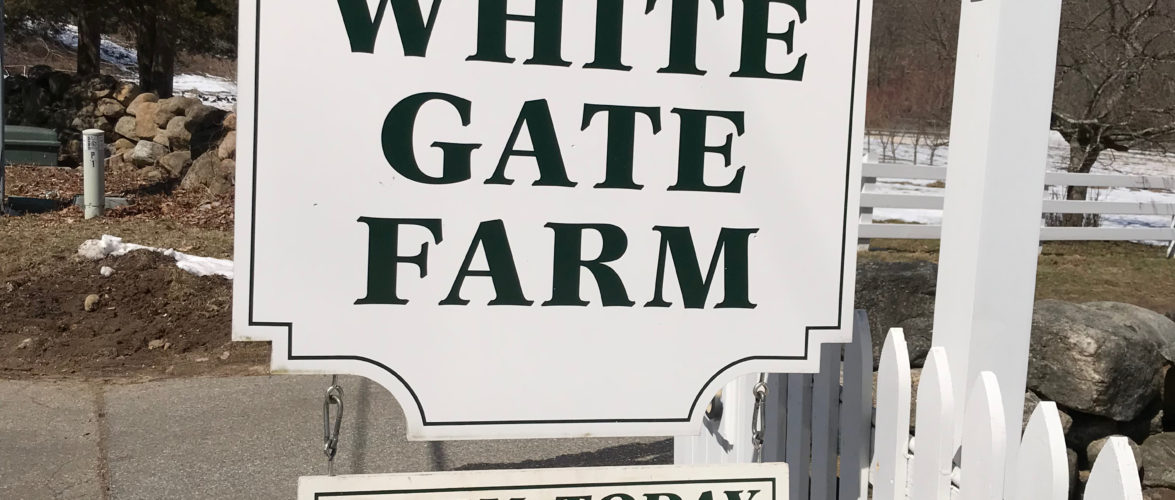
Visit to White Gate Farm in East Lyme, Connecticut_03.24.18
“Here Is Your Destination” for Farm-to-Table
Coming from Vermont — ground zero for Sustainable Food Systems, Farm to Table, and the Fresh Food Movement — it’s always a delight to discover the spirit of healthy, delicious, and sustainable food alive and well in other states. Earlier this year I blogged about my visit to Kai Kai Farms in Stuart, Florida. Last week, my friend David — who lives in the area — arranged for a surprise visit to White Gate Farm, a thriving Farm-to-Table establishment in East Lyme, Connecticut. I was only too happy to accept!
If you follow Long Island all the way to the northern tip called Orient Point, then hop across the Sound to East Lyme, Connecticut, you’ll find 100 acres of beautiful woodlands nestled between Pattagansett Lake and Cedar Ridge Golf Course. Carved from that 100 acres are six carefully cultivated acres known as White Gate Farm.
Gently rolling hills, ponds, and plenty of rocks are the inheritance of glacial deposits typical of New England. Charming rock fences snake through the farm, dating back to the 1700s. First a hay farm, then in the 1940s it became a dairy farm. According to their website, “In 1999 . . . Pauline Lord and David Harlow, moved from California to create the farm business, which has been certified organic since 2000. Six of the farm’s acres are now used for growing organic produce, for pasturing organic turkeys, meat chickens and laying hens, and for raising organic flowers.”
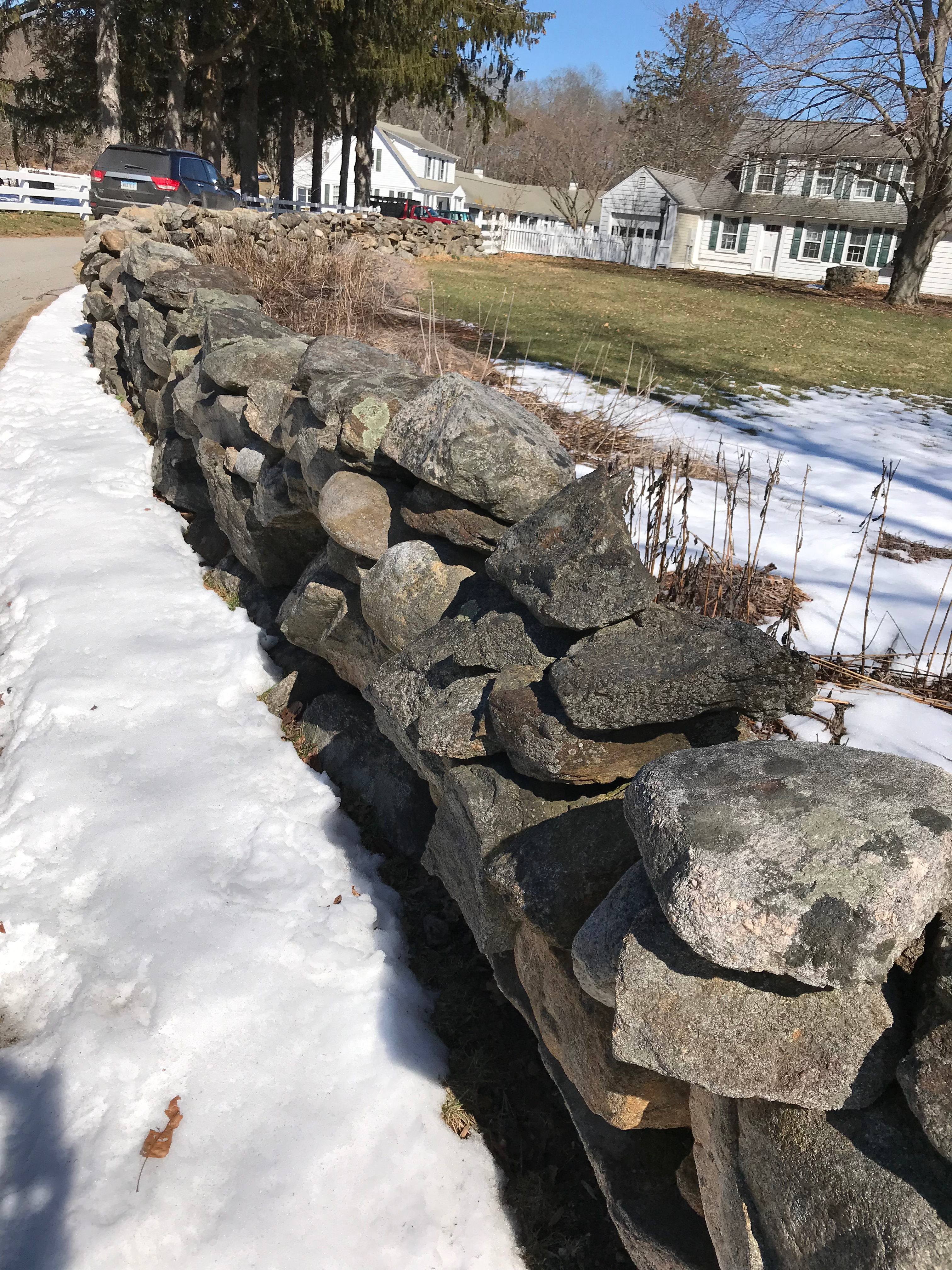
We were greeted by Kent, the lanky, spirited Operations Manager. “Here is the destination for Farm-to-Table,” Kent said. “What we sell here is authenticity.” Kent is an affable, knowledgeable interlocutor between farm and public. He is enthusiastic, intense, and a steadfast proponent and educator of farm-to-table principles in general and White Gate Farm in particular.
“In 2017 we had between 800 and 1000 kids taking tours. It’s part of local elementary and high school education programs,” he said, looking over the field as if seeing them now. Then he lowers his voice. “It’s great to see these kids reaching for a carrot and getting their hands dirty, or reaching for an egg. . .”
Early childhood education about where food comes from is a growing trend in the U.S. Many children are unaware of the source of their food. Most children believe food comes from the supermarket prepackaged, sanitized, boneless, and often flavorless. Children and young adults make healthier food choices when they understand the provenance and nutritional value of fresh, local and organic food (The NutriNet-Santé Cohort Study).
First Stop: The Root Basket
The Root Basket is a simple but clever device that rinses dirt from root vegetables. Basically, it’s a bottomless barrel with wide slats. Insert carrots, beets, parsnips, potatoes, and Jerusalem Artichokes, then rotate — the barrel spins while spraying water, powered by a small motor with a speed regulator — and the soil is gently washed from the vegetables as they tumble against each other, much like a front-loading washing machine.
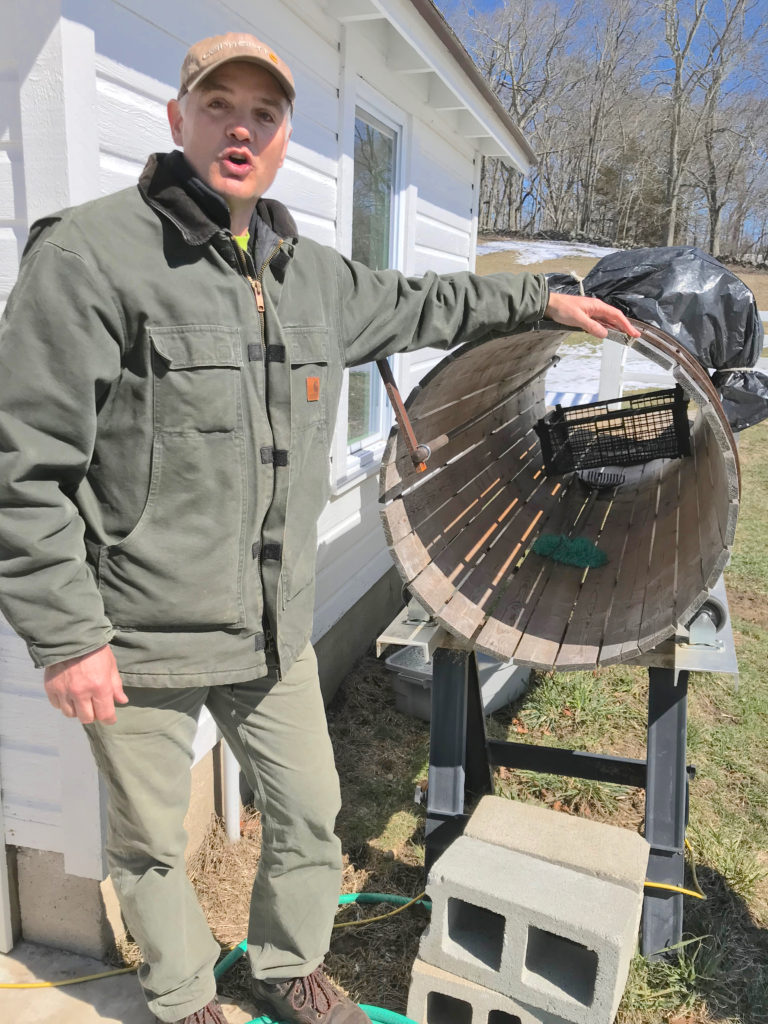
Kent introduced us to Fred, the Farm Manager. For the next four hours, Kent and Fred generously delivered a private tour (and a tasty Farm-to-Table lunch) for me, David, and Sigrun, my girlfriend, who holds a Masters in Sustainable Food Systems and writes a cooking blog called Sigrun’s Sustainable Kitchen.
I asked if White Gate Farm supplied local restaurants and stores with its produce and meat products.
“Organic prices have been coming down with increasing competition,” Kent said. “Retail grocers are charging less for organic produce at supermarkets. Local farms can’t compete, so we stopped supplying restaurants, stopped participating at Farmer’s Markets, and stopped doing CSAs, which was a huge, time-consuming job in itself. The focus is now on the farm,” then he paused and repeated the farm’s mantra, “Here is the destination.”
The Hoophouse
Inside the hoophouse we found abundant Hakurei turnips, spinach, carrots and kale growing in neat rows in preparation for Spring planting. “The growing season in the field is from mid/late April through October, with field harvest into late December,” Fred explained, “owing to coastal warming.”
When warm ocean currents heat the air above the water it brings the warm air to the land, increasing the temperature of the coastal region. “In the hoophouse we grow year-round for late December harvest and beginning late winter harvest, around February.”
Kent joined the conversation. “One of the great things about the hoophouse is that the temperature can be 20 degrees outside but inside it’s 90 degrees.”
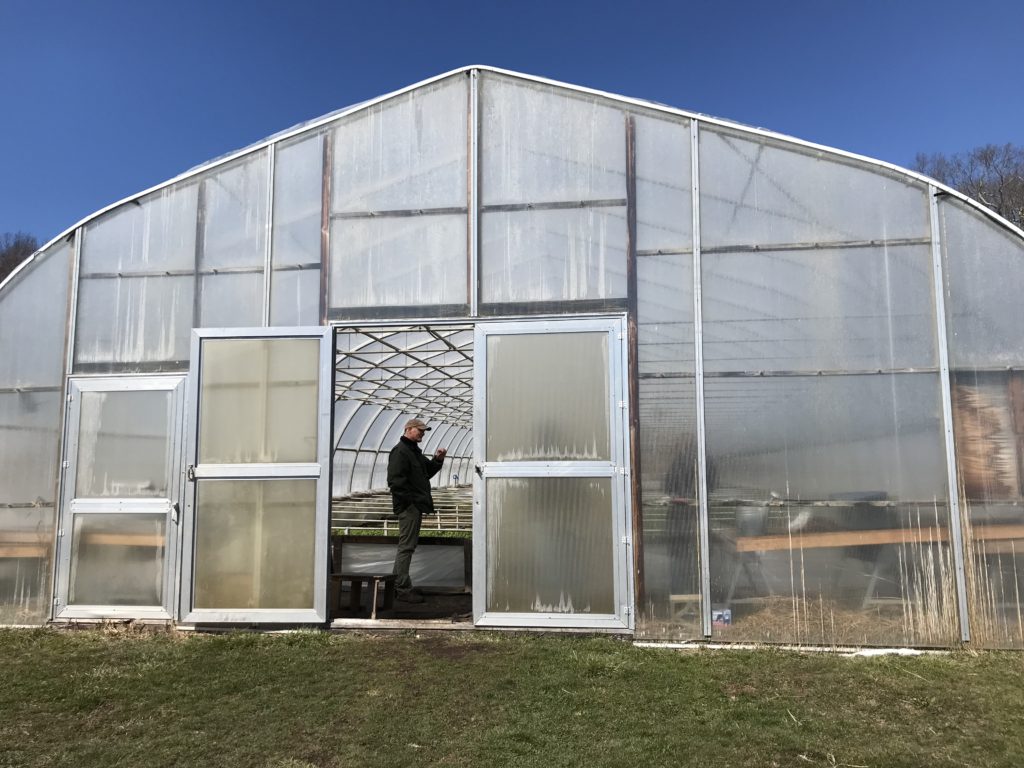
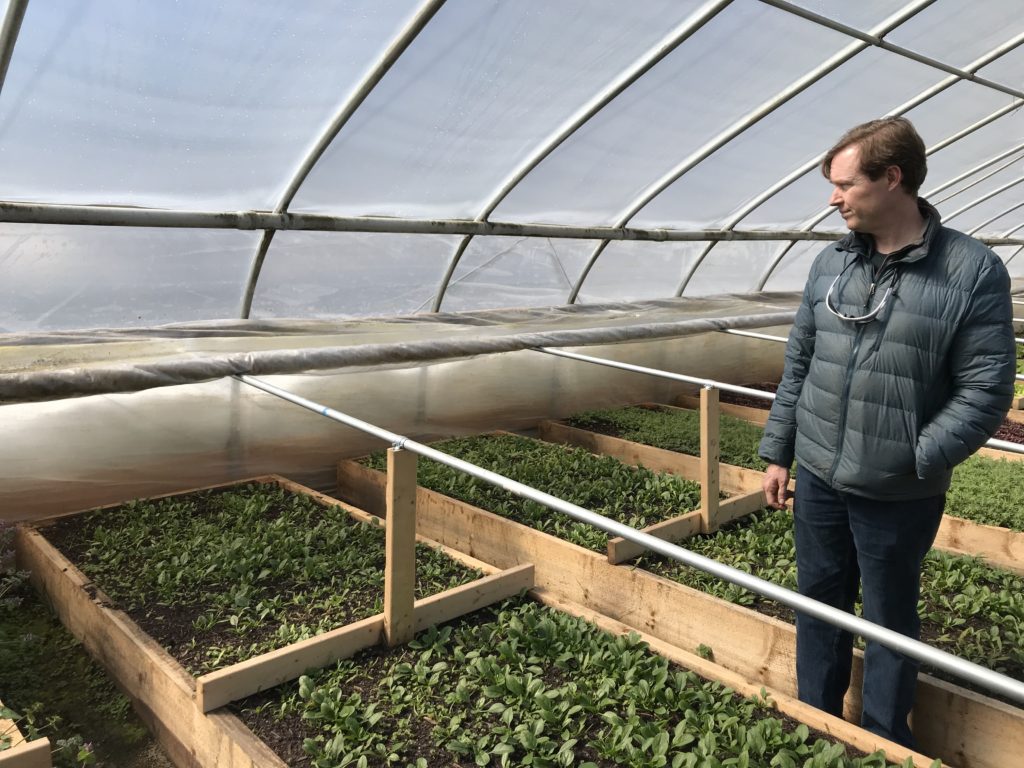
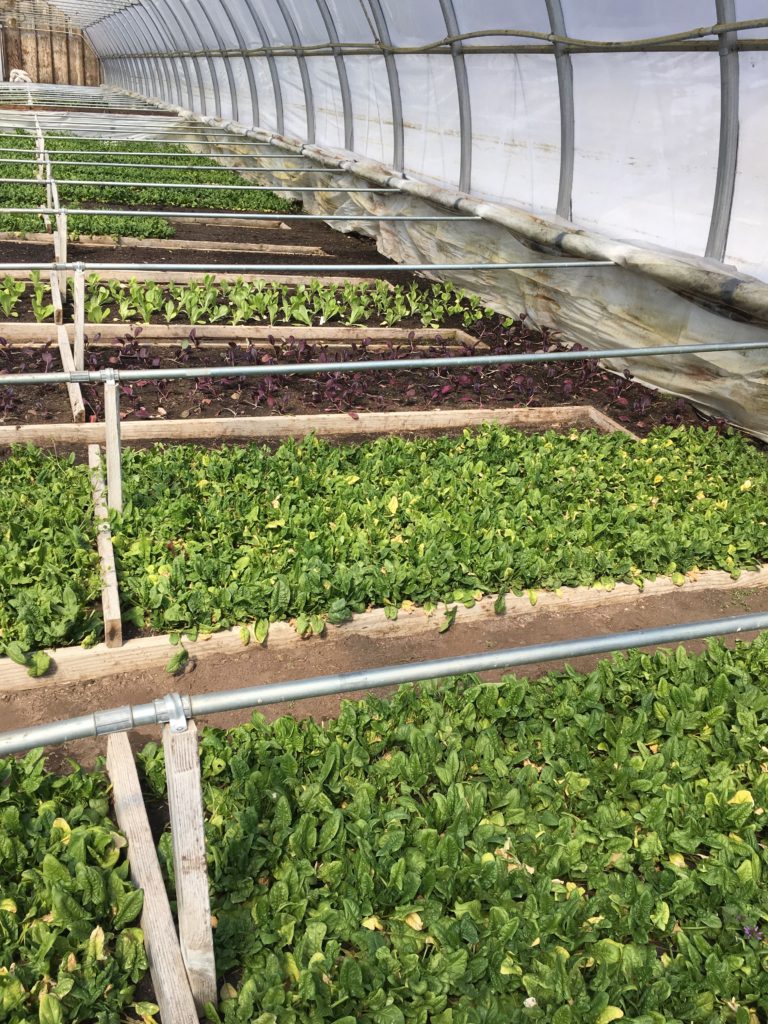
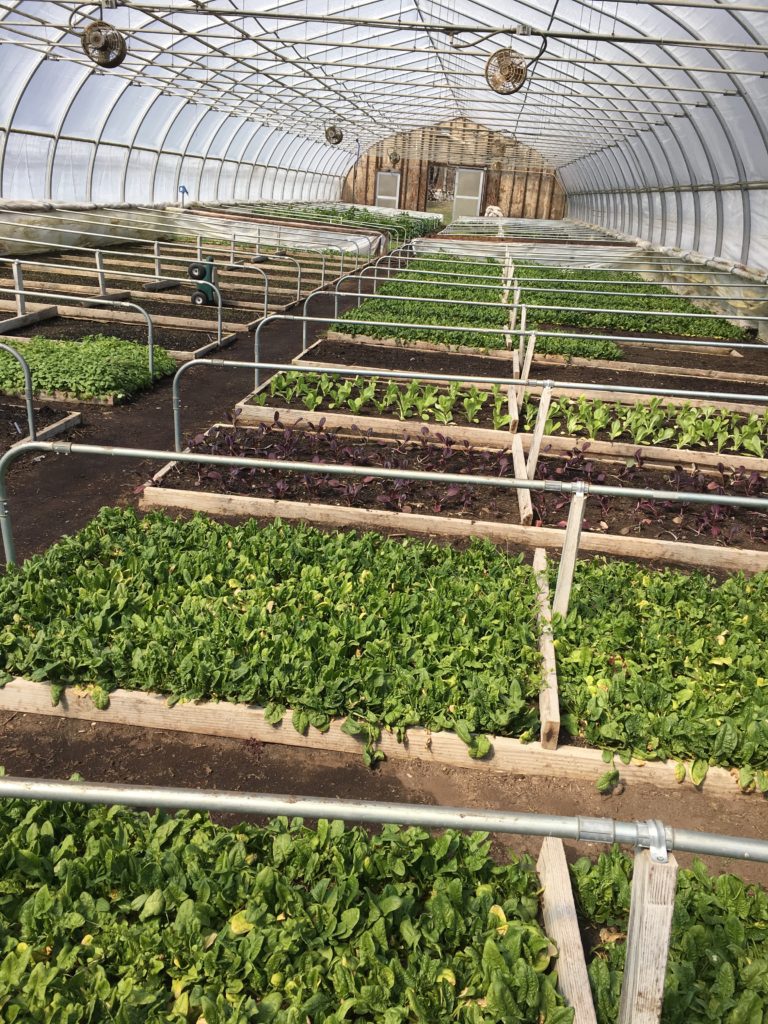
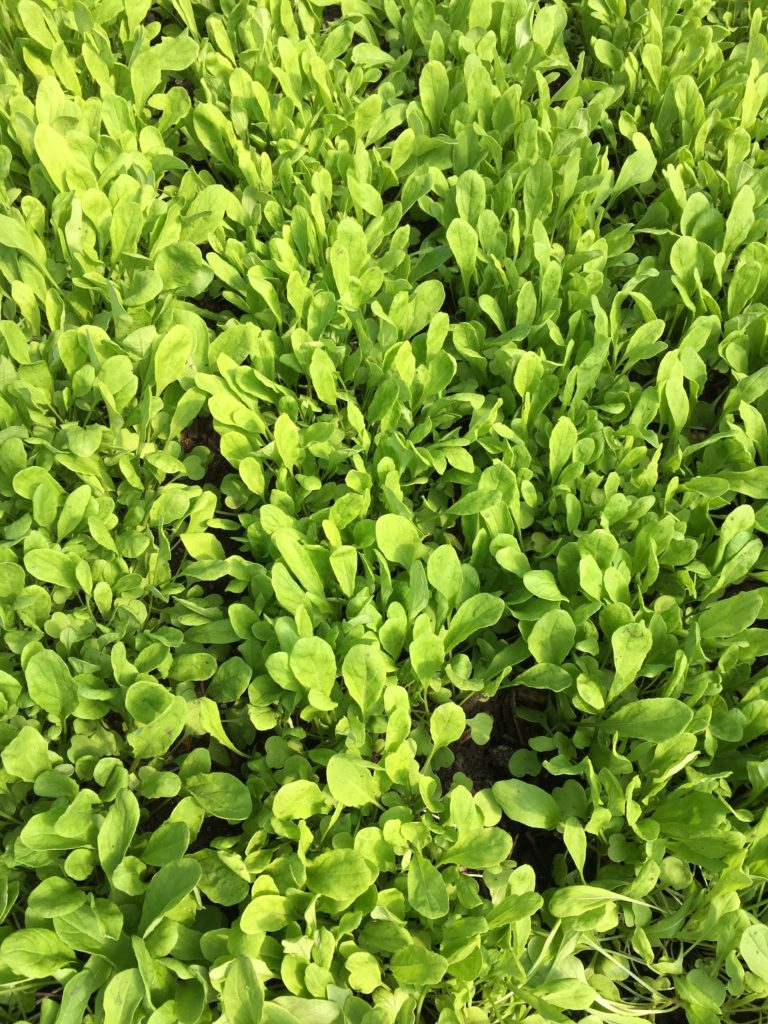
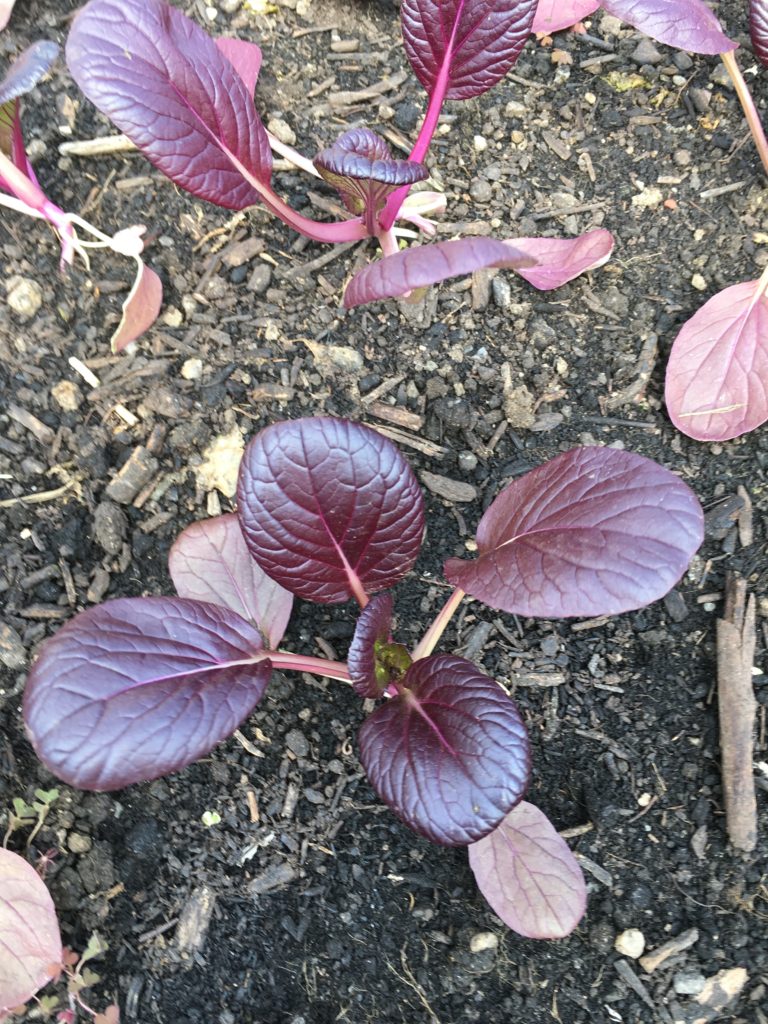
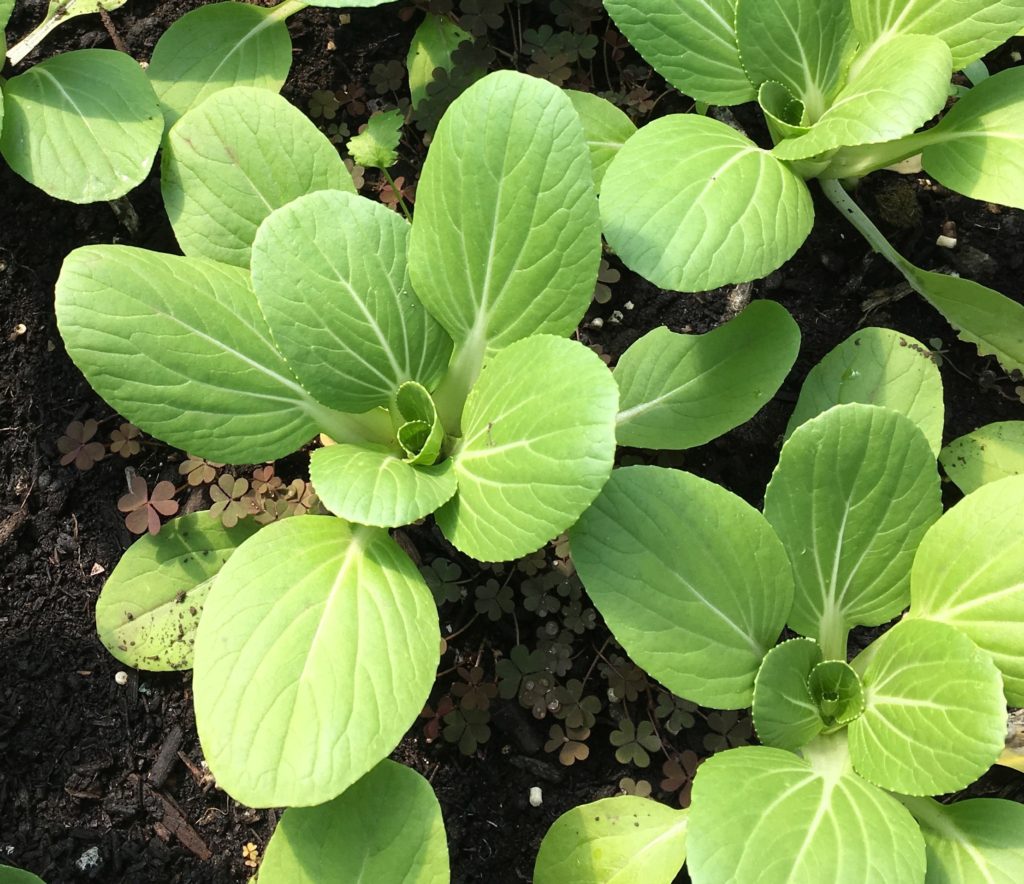
And if it gets a bit too cold in the hoophouse? Unroll plastic sheeting from a 40-foot-long spindle attached to a hand crank.
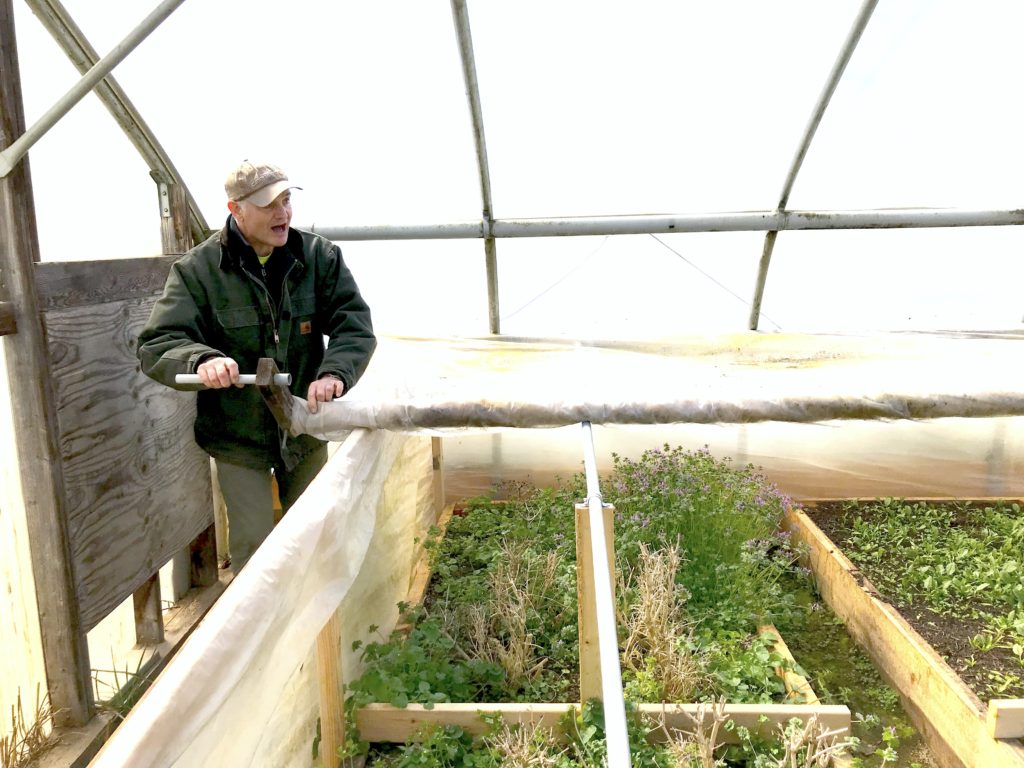
The Greenhouse
Vermont’s sway could be felt in the greenhouse where Vermont Compost rich soil is used to plant seedlings. “Where do you get your seeds?” I asked Fred. “Oh, from a variety of places,” he replied. “Johnny’s Selected Seeds (Central Maine) are our number one supplier. Also there’s High Mowing Seeds (Wolcott, Vermont), Fedco (Clinton, Maine), New Sprouts Organic Farm (Black Mountain, North Carolina), and The Maine Potato Lady (Guilford, Maine).”
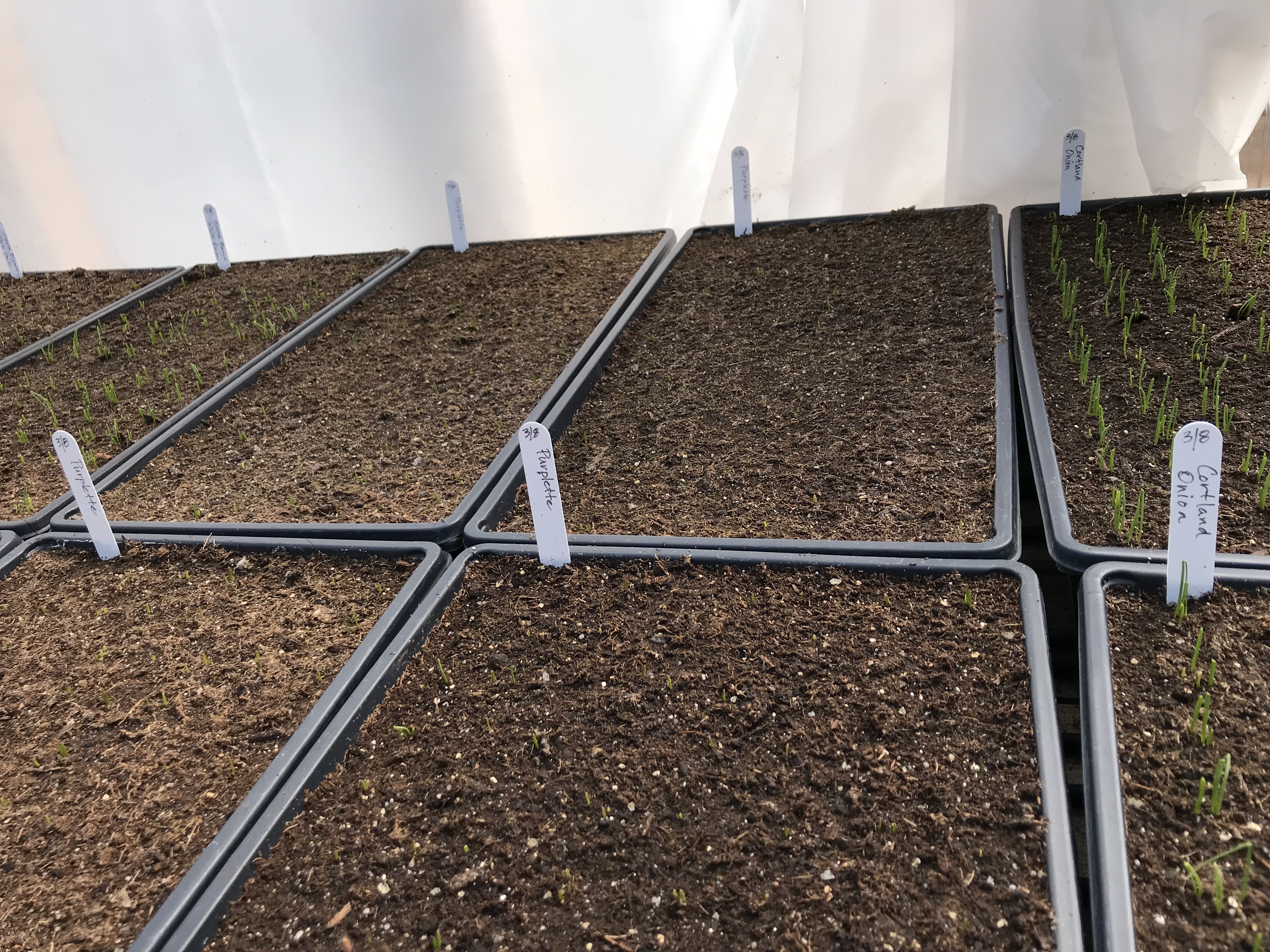
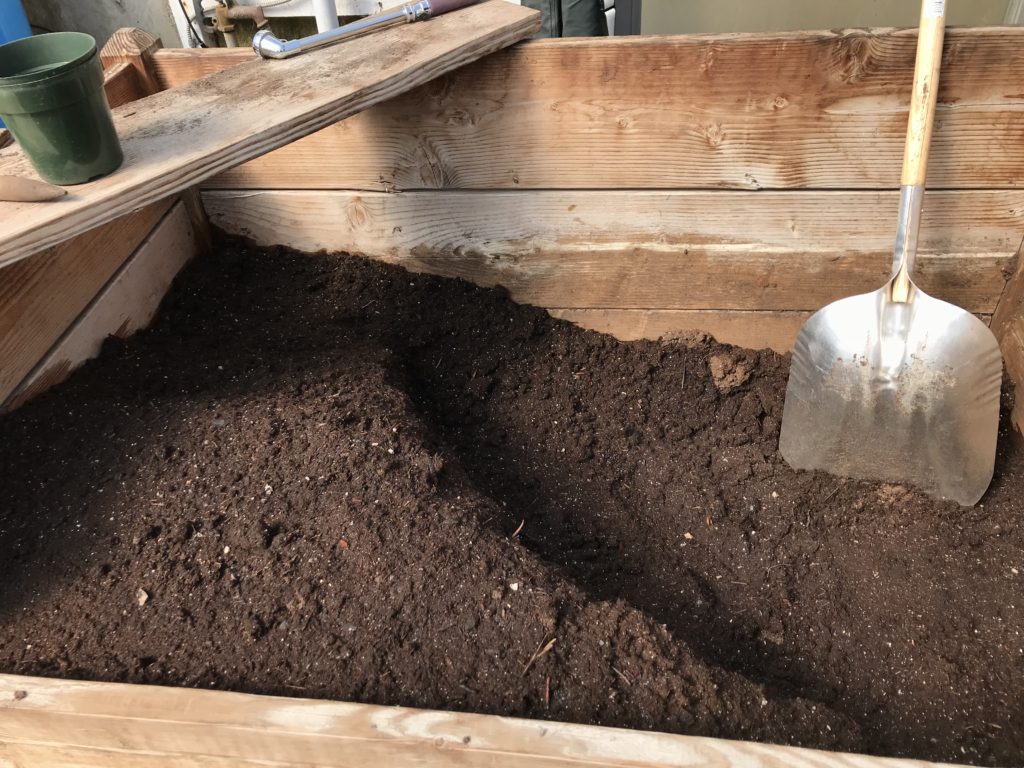
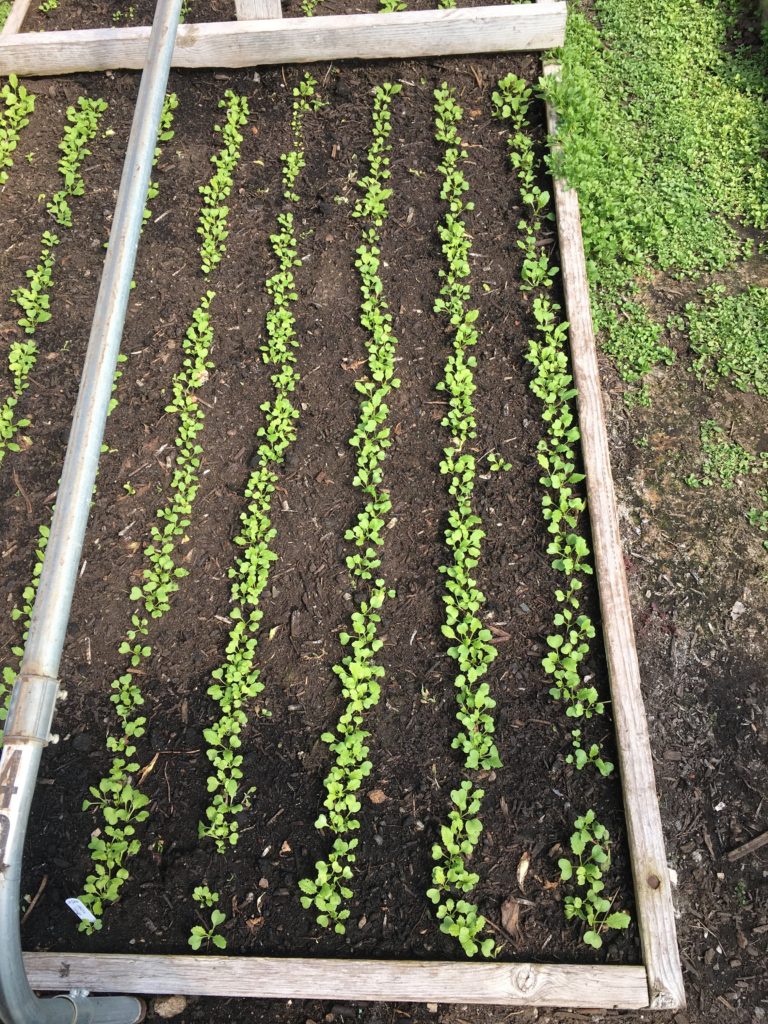
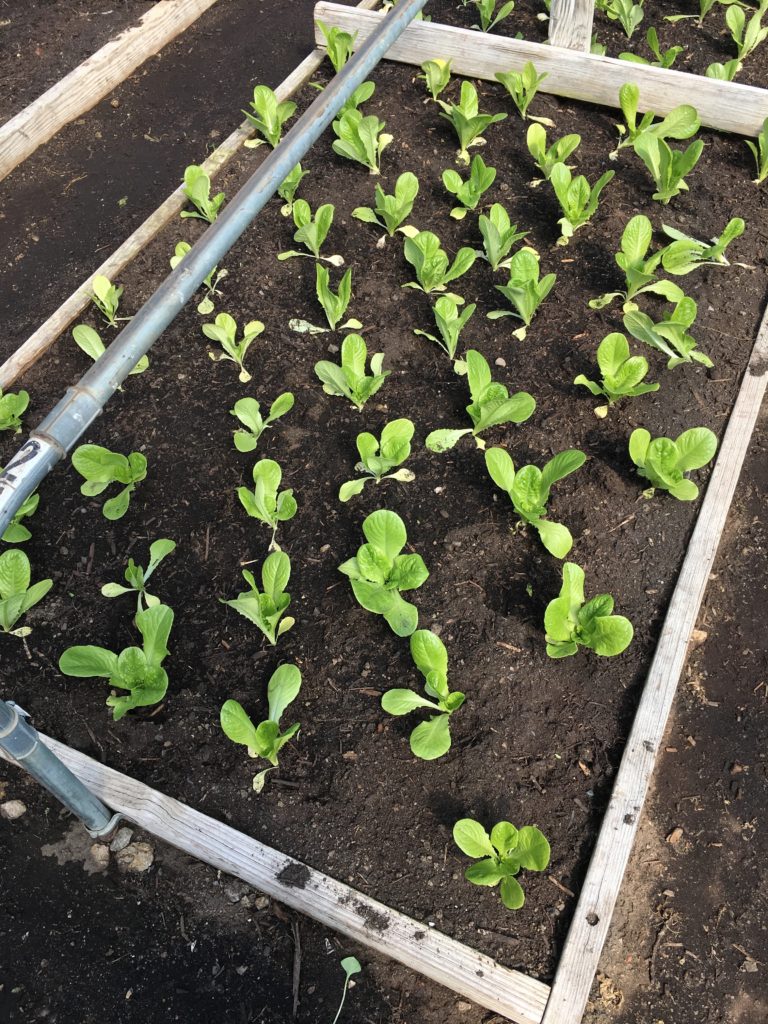
Helping Machines in the Barn
“You could get draft horses. But hey, do you know how much time it takes to maintain the animals? With my seeder, I just turn the ignition off at the end of the day and it’s done.” Kent is talking about farm machinery. He speaks of the machinery affectionately, the way you’d expect a farmer to talk about an animal that’s particularly trustworthy, reliable, and efficient.
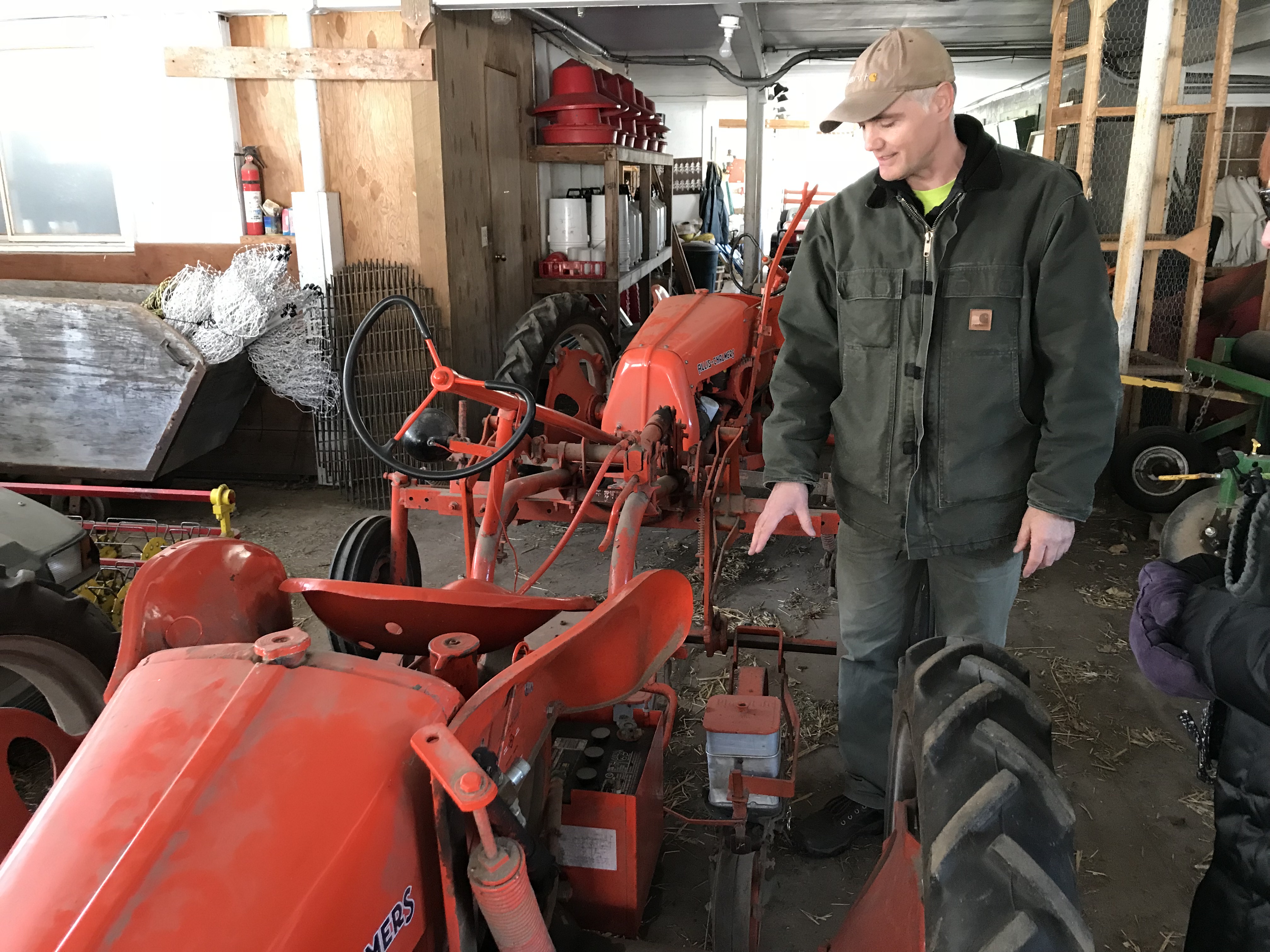
The tractor seeder, the root weeder, and the chicken scalder
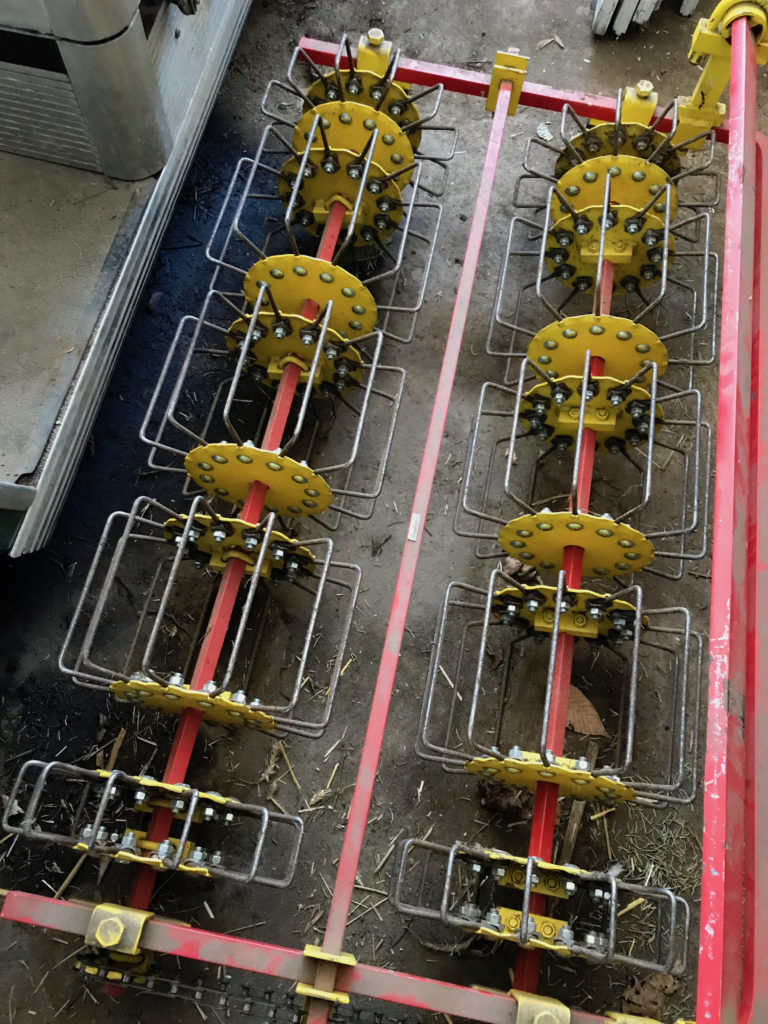
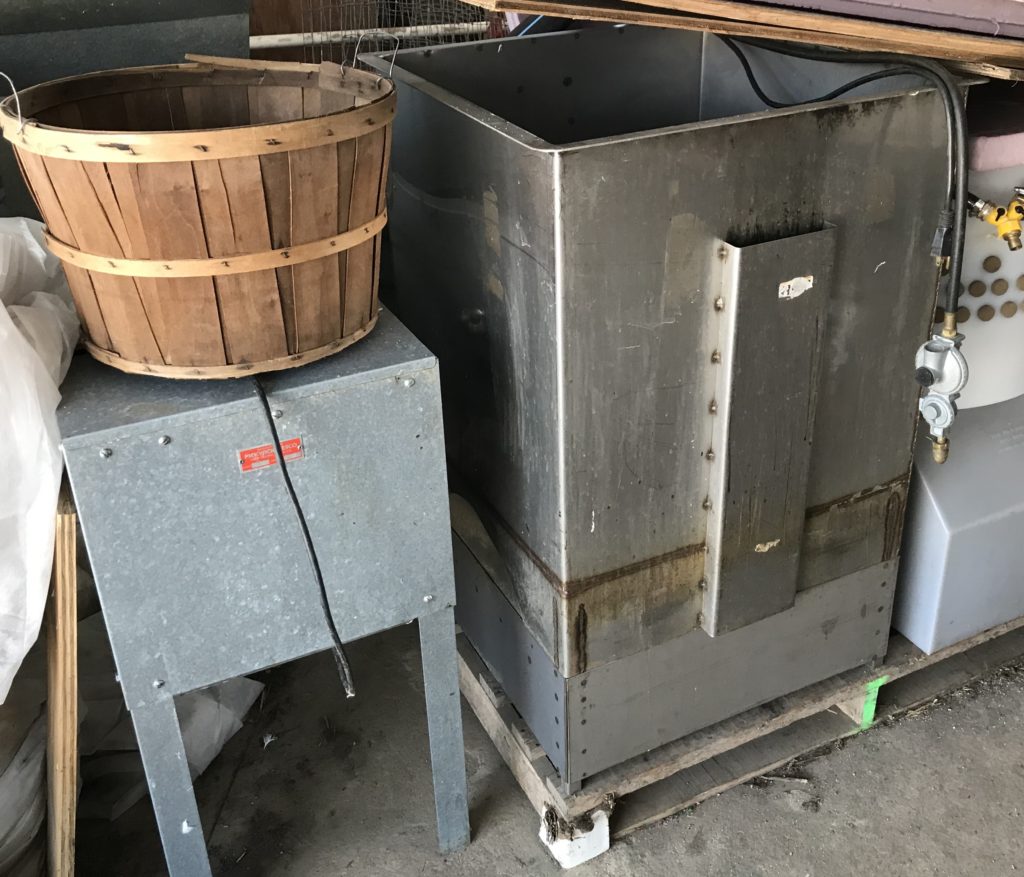
Most Profitable Produce?
As we left the barn I asked Kent and Fred what they thought was the most profitable produce. The answer surprised me. “Kale,” Kent said, “because you can take multiple cuttings from a single plant.” Fred said carrots and spinach sells out daily, and garlic sales are fantastic. “Our model is profitable, but you have to be a businessperson, not only a farmer,” Kent added.
In the Fields
“One of the most prolific products on the farm are rocks,” they joked. Common on glacier-scarred land, rocks are one of the most significant impediments to clearing new acreage for farming. This rock alone “took four tractors to dislodge it,” Kent said. I looked at the rock. I could see he was right. It looked like it meant business. I wondered if they had left it out sitting by itself on the ground as a reminder to be careful, or maybe as a tribute or symbol of respect to the soil.
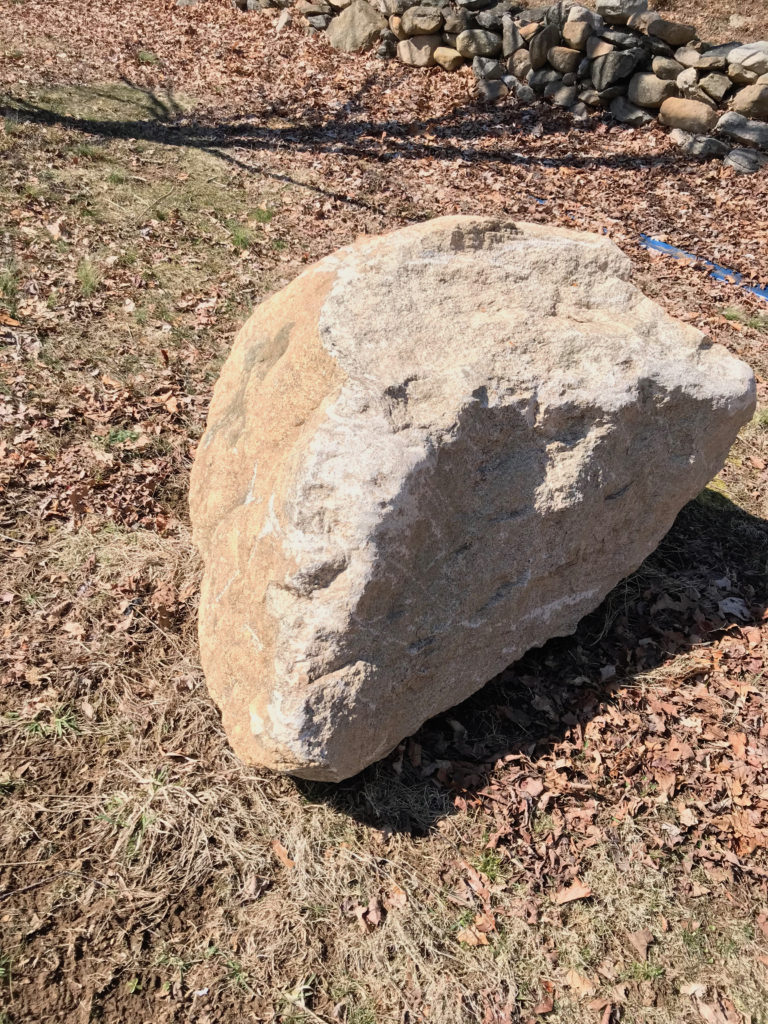
Our soil is 9–10% Soil Organic Matter,” Fred informed me. Soil Organic Matter (SOM) are the nutrients embedded in the soil containing decaying plant and animal residues as well as tissues and cells of soil organisms, among other plant-nourishing elements. SOM also helps maintain the ecosystem, a bellwether of soil function and quality.
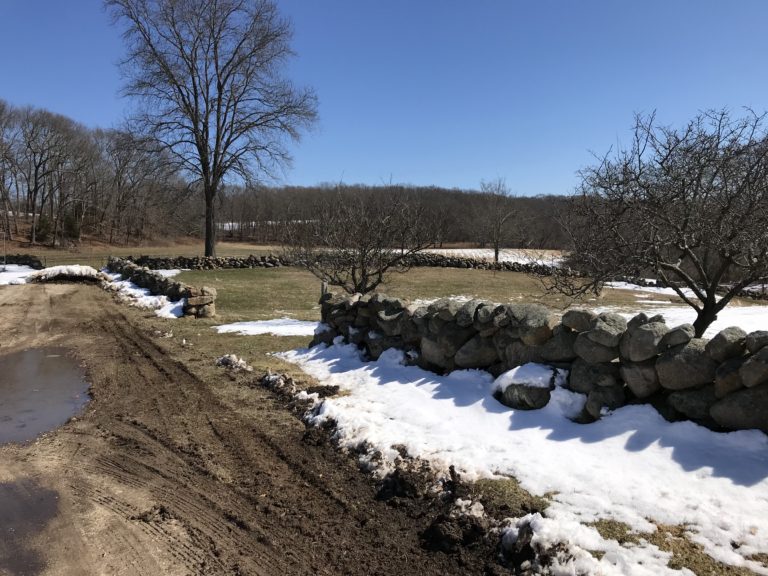
Farm-to-Table Lunch
We were treated to a delicious lunch at the Inn at White Gate Farm, where we found the table immaculately set. Our all-organic menu consisted of frittata with house-made chicken Italian sausage and blood-orange slices, pizza with kale pesto, feta cheese, mozzarella, and roasted cherry tomatoes; 3-layer carrot cake with cream cheese and buttercream frosting; spearmint green tea; beet chocolate brownie; chocolate zucchini cupcake with buttercream frosting; gluten-free dark chocolate beet torte with chocolate ganache; gluten-free peanut butter cookie with chocolate ganache drizzle; maroon dipped in dark chocolate; lemon-curd tart; and Linzer cookie. Who could resist? We didn’t try.
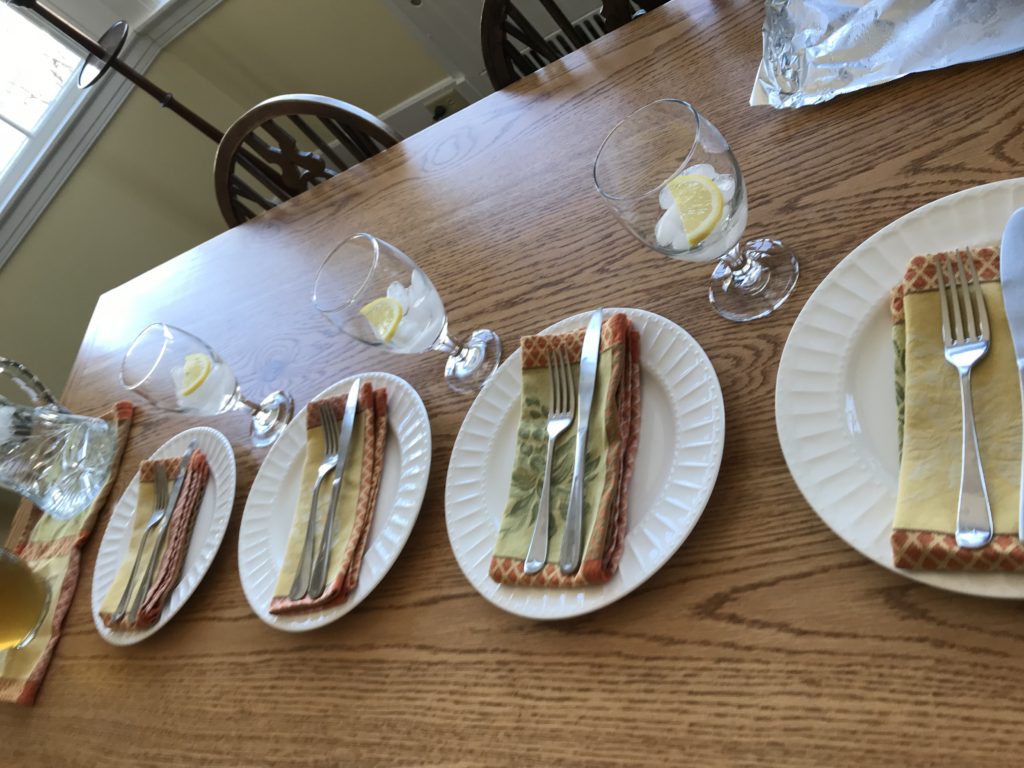
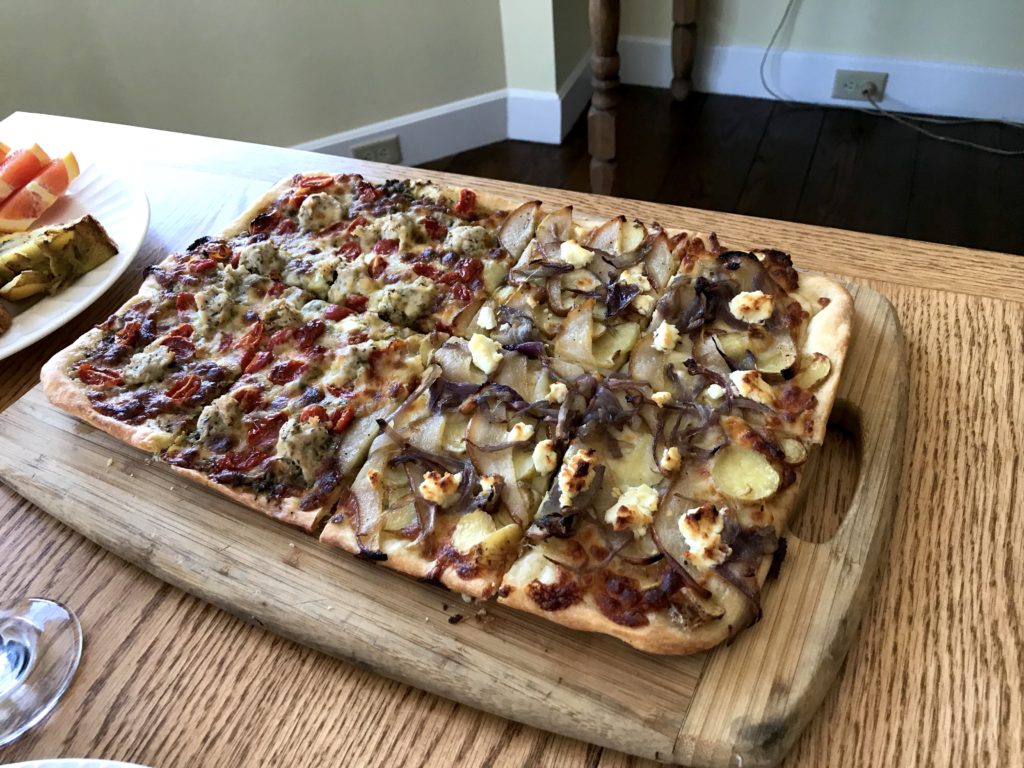
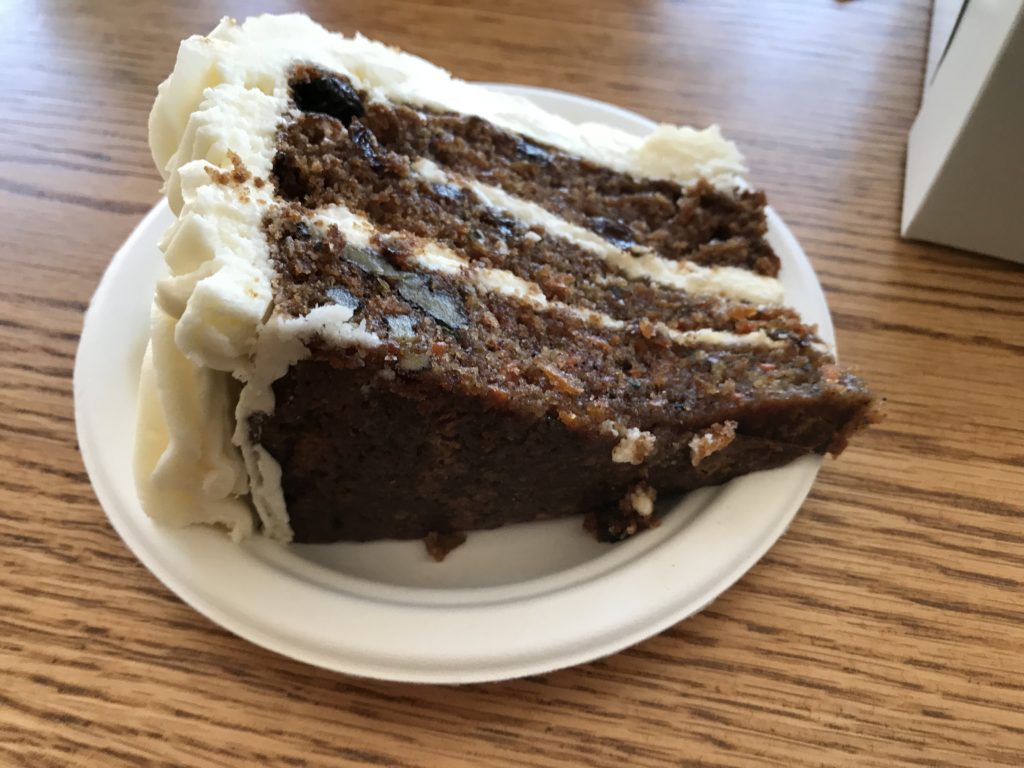
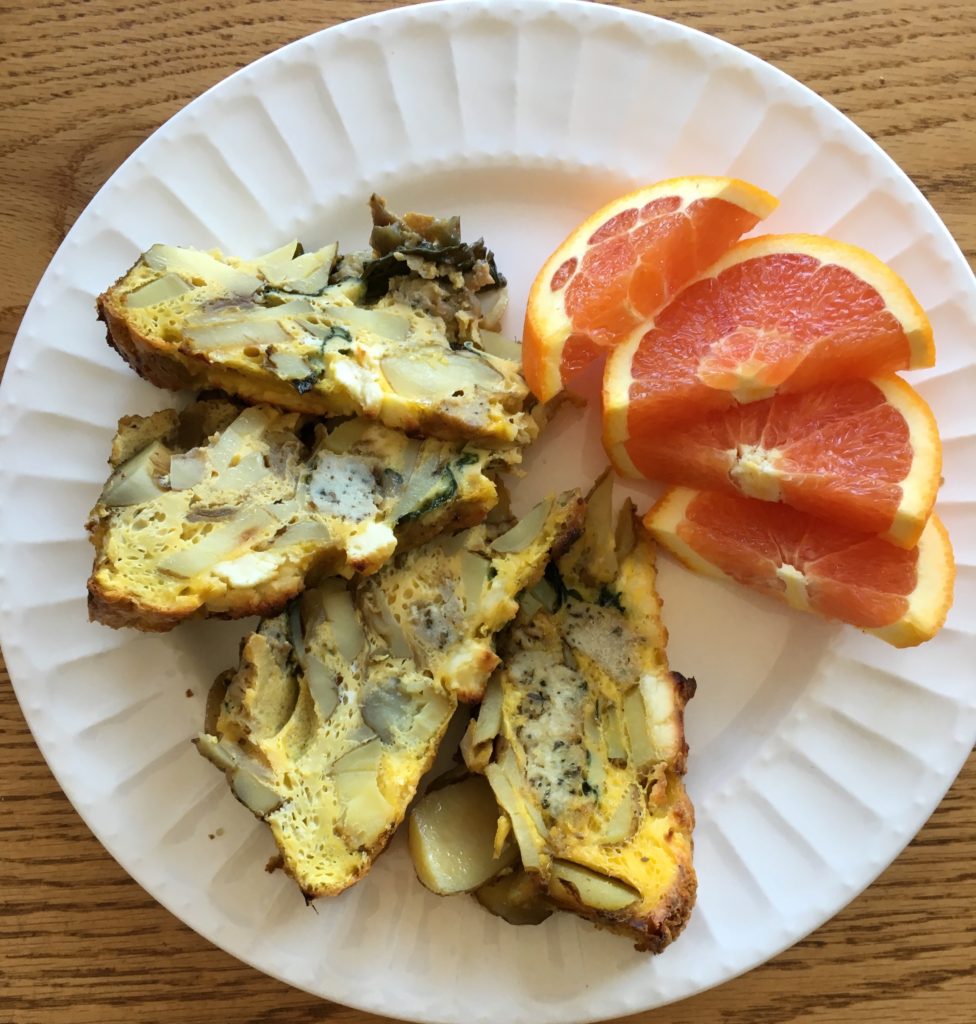
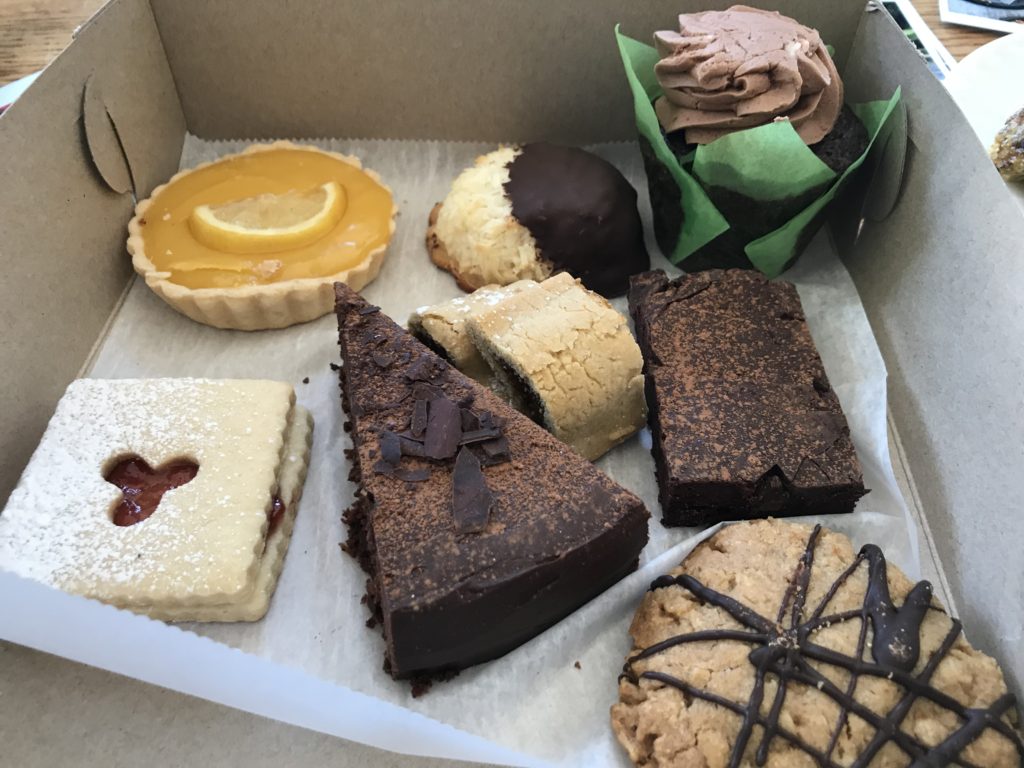
The Inn itself is strikingly beautiful, rustic yet modern, well-appointed with comfortable looking couches and chairs, accented with displays of antique Spatterware, a process used in the early- to mid-1800s that spattered or sponged patterns on plates.
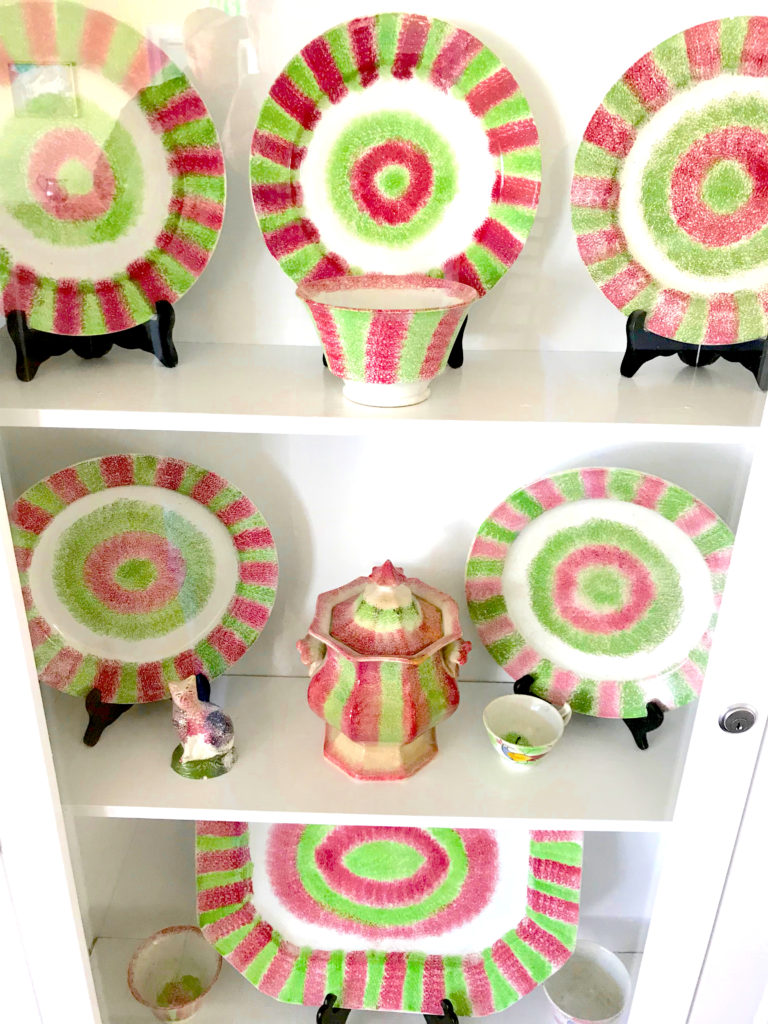
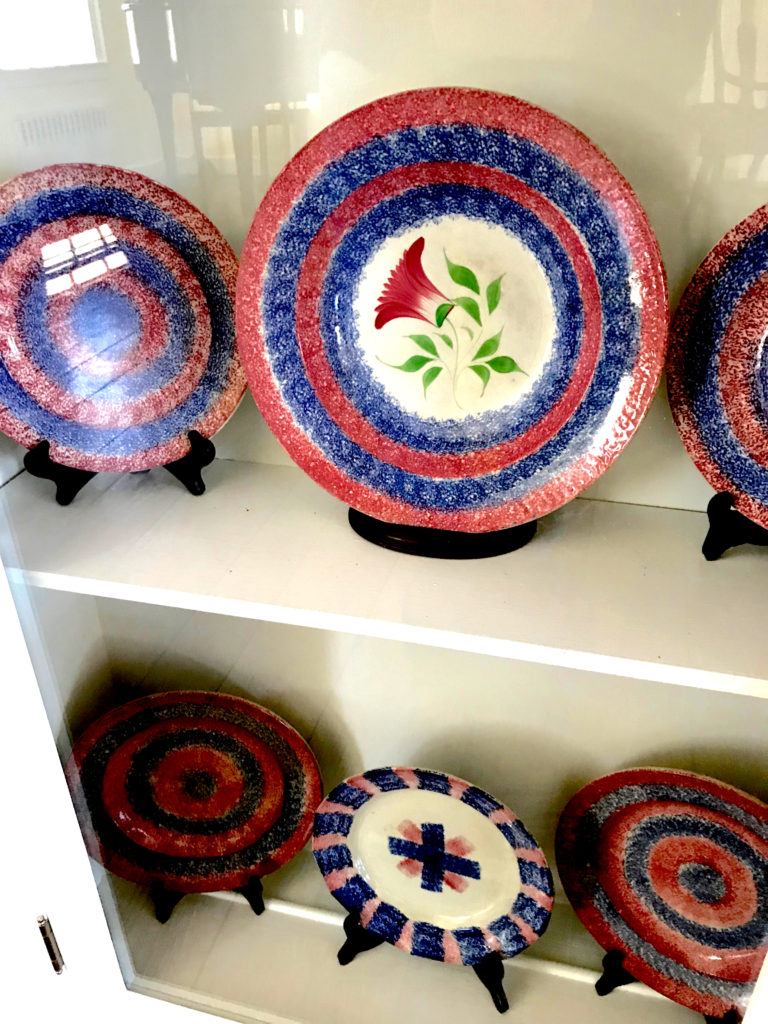
And of course there is a hearth. The significance of the hearth cannot be overstated. Large and imposing, it was a source of heat, food, and light. Still impressive today, it generates a feeling of hospitality and sanctuary (and, although etymologically unrelated, it is said ‘home is where the heart is,’ just as one can also say ‘home is where the hearth is’). The hearth also has some very cool features, such as a bread drawer built into its rear wall.
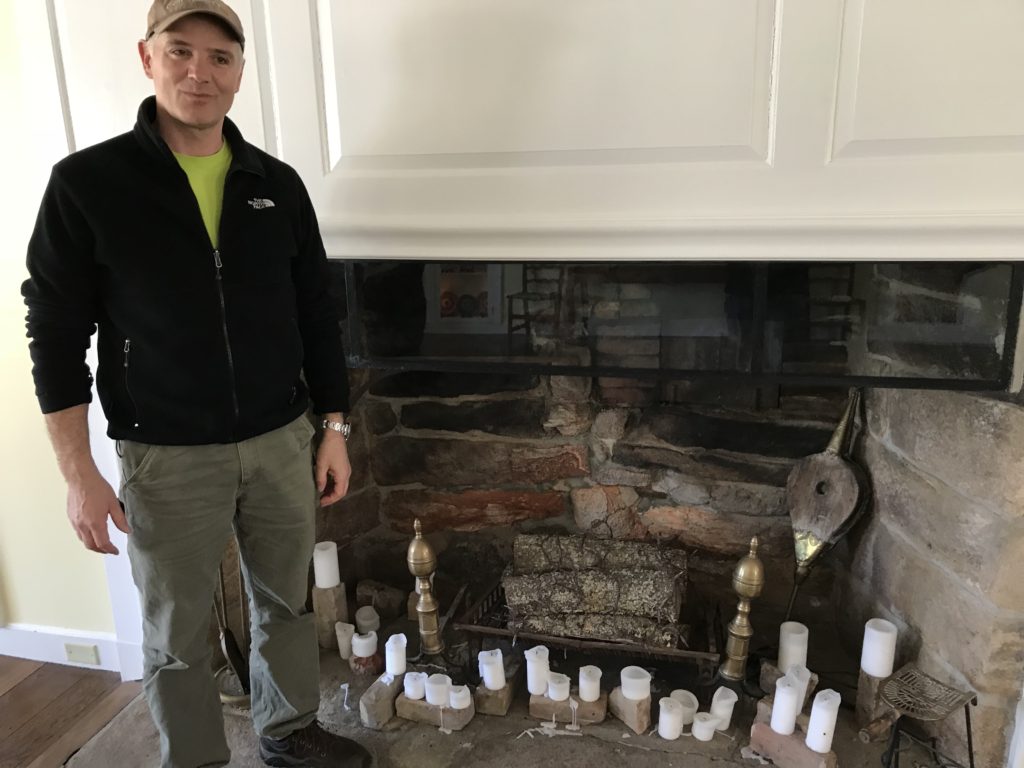
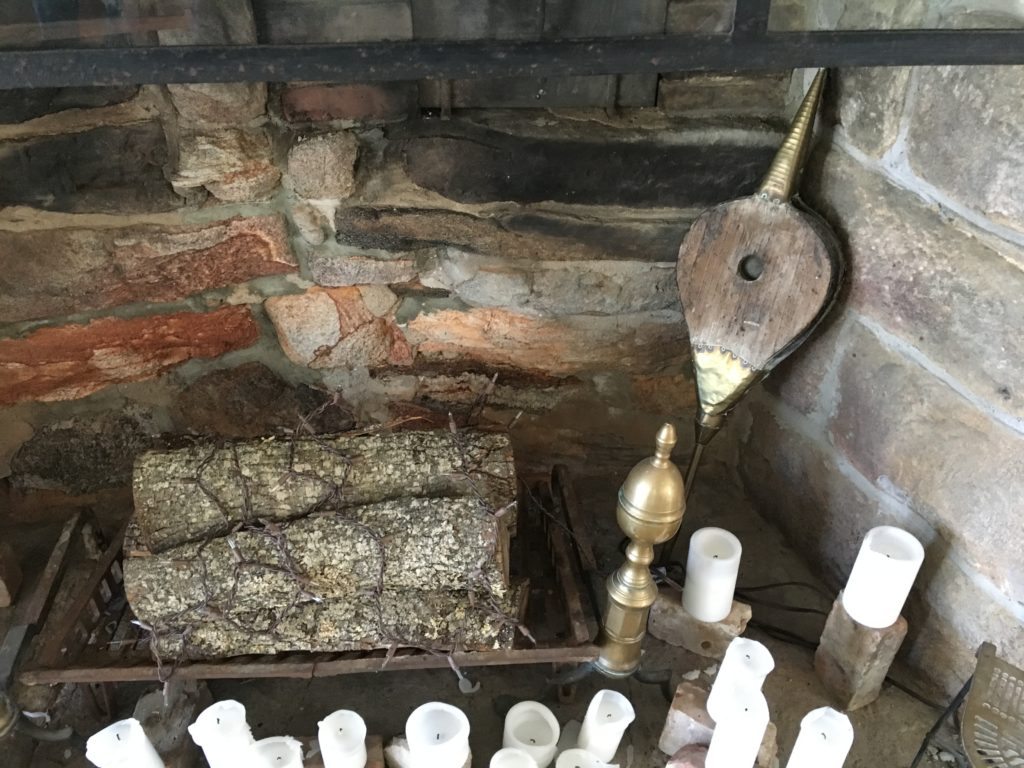
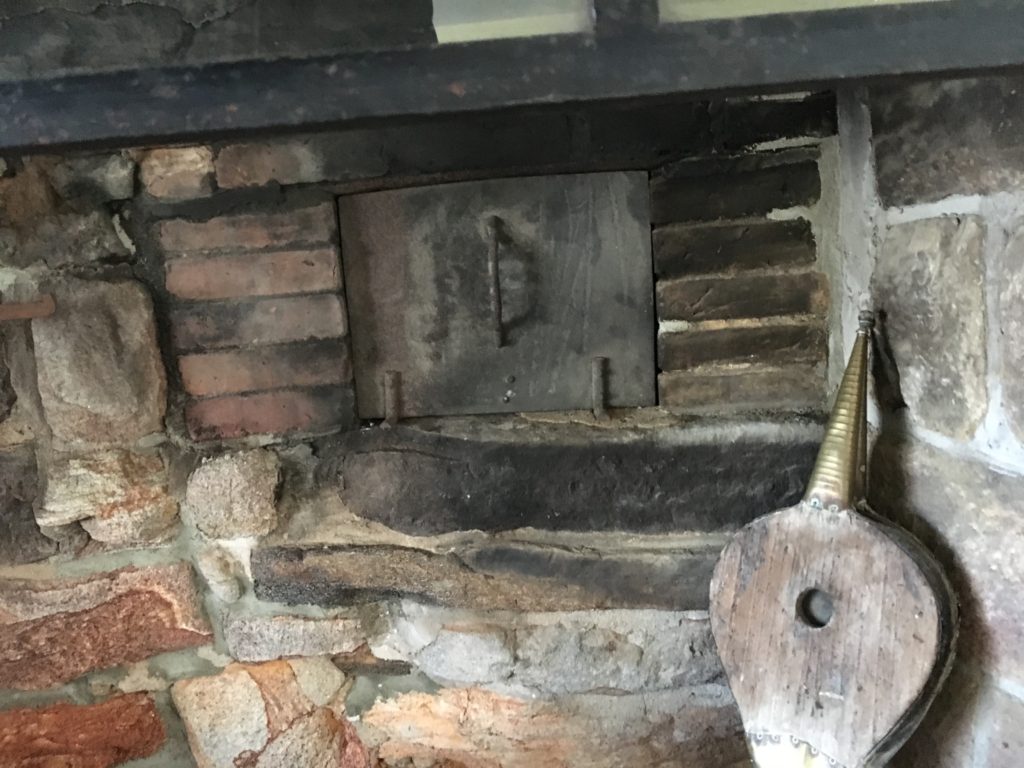
To the Ice House!
How do you transform a lakeside Ice House into a charming, cozy cottage? And what the heck is an Ice House, anyway?
It’s hard enough to imagine a time without smart phones, but try to imagine a time before refrigerators. During winter months snow and ice were cut from rivers and lakes and taken to the Ice House for storage until the next winter. The ice was delivered to ice boxes in homes in the area. The ice was used year-round to store food, as ice cubes in drinks, or even in the preparation of ice cream and sorbet. A lot of ice could be stored in a small structure!
White Gate Farm reinvented the Ice House into a warm, romantic, and intimate lodging for a couples’ getaway. And the view of Pattagansett Lake is spectacular.
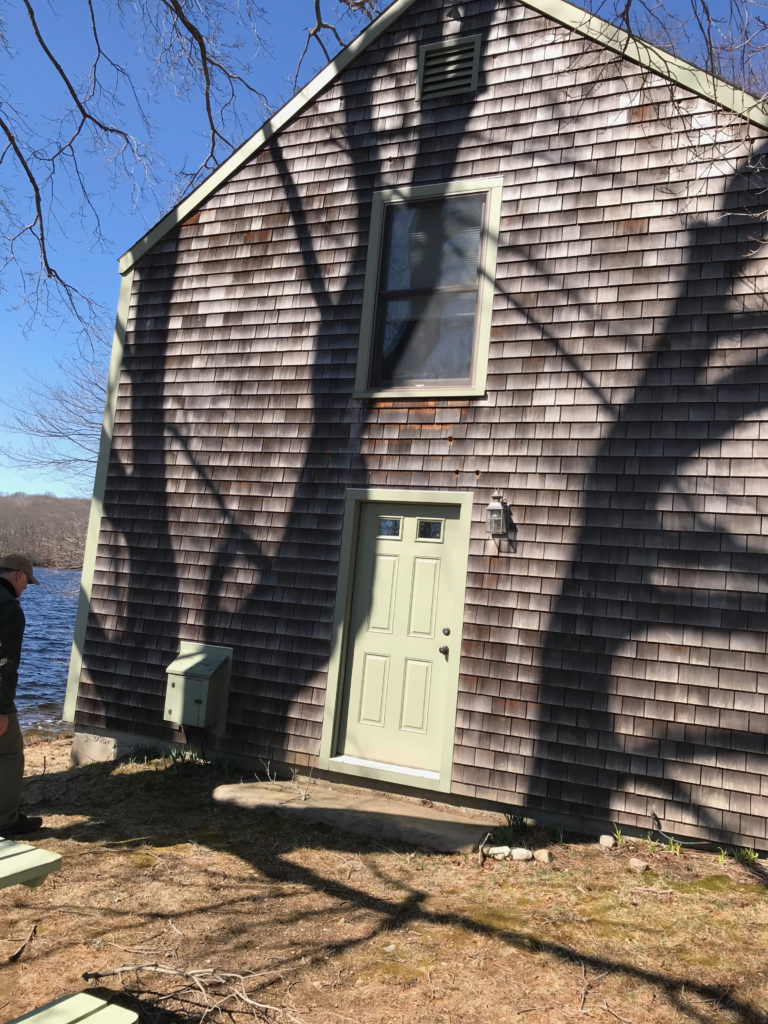
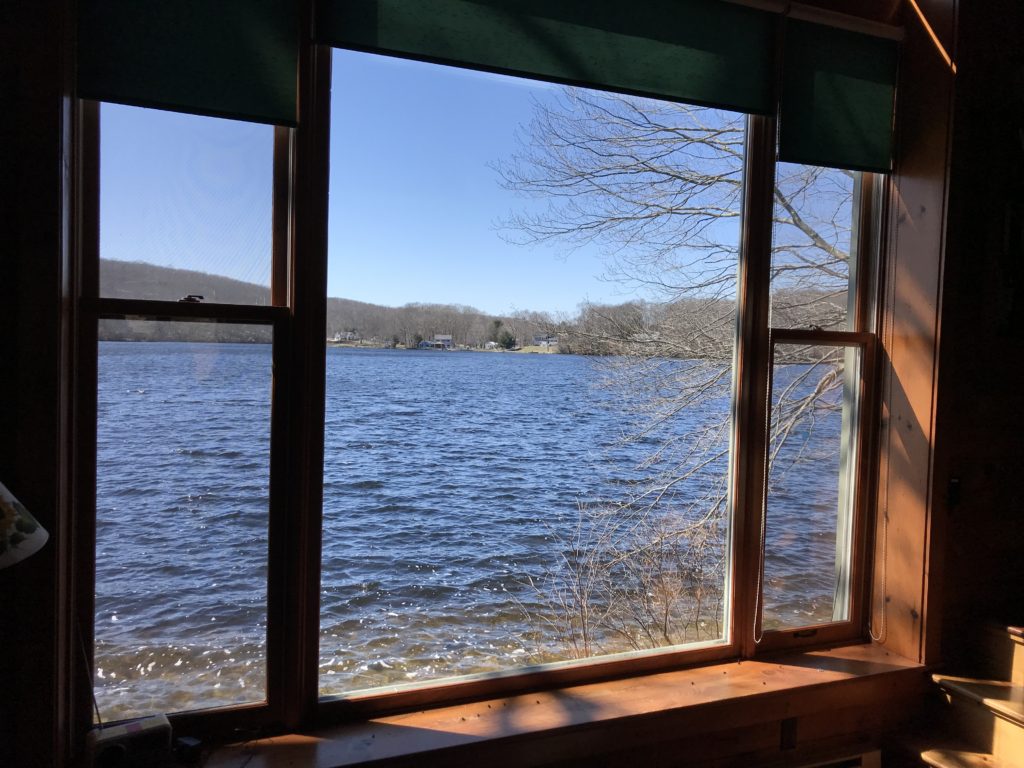
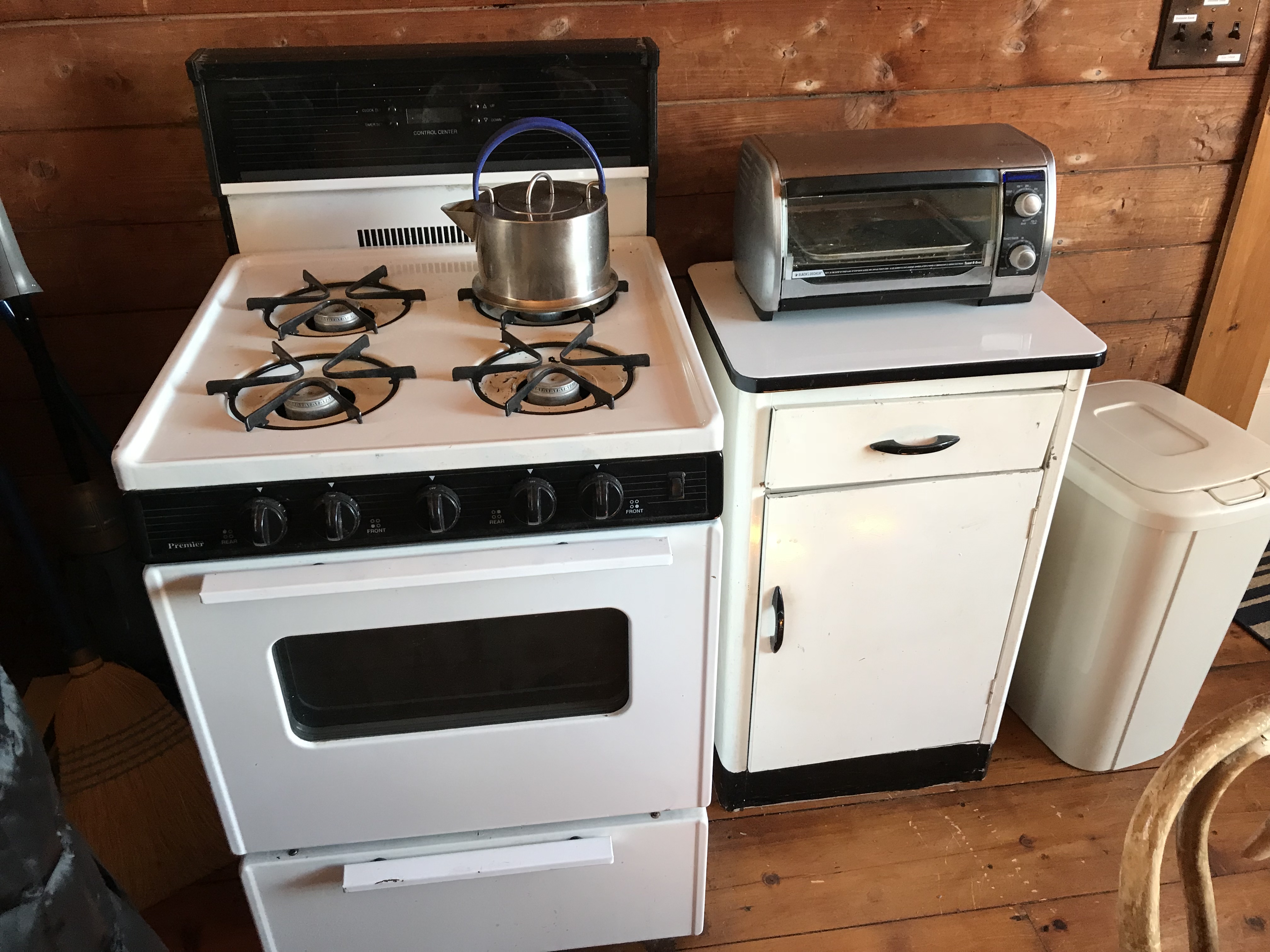
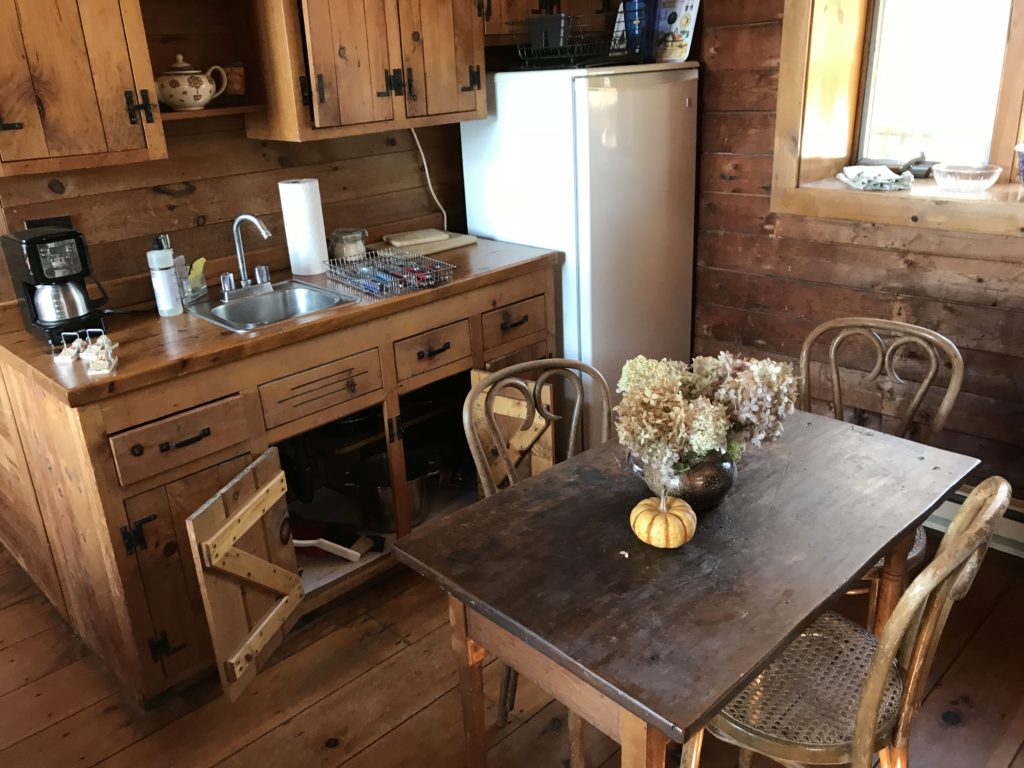
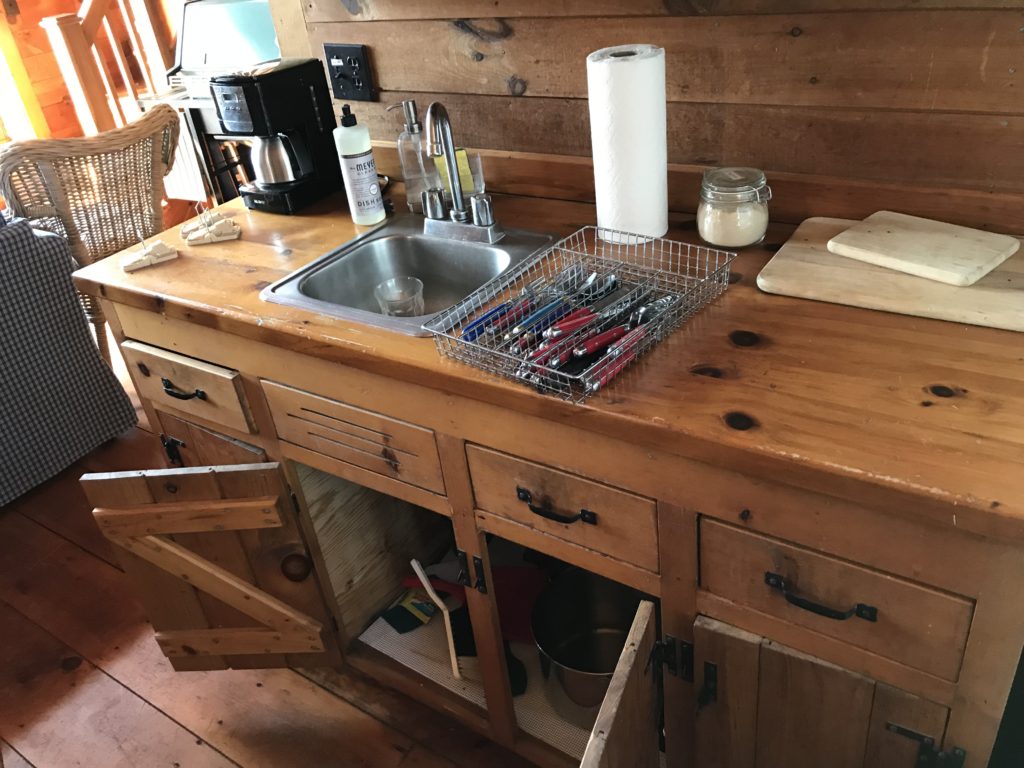
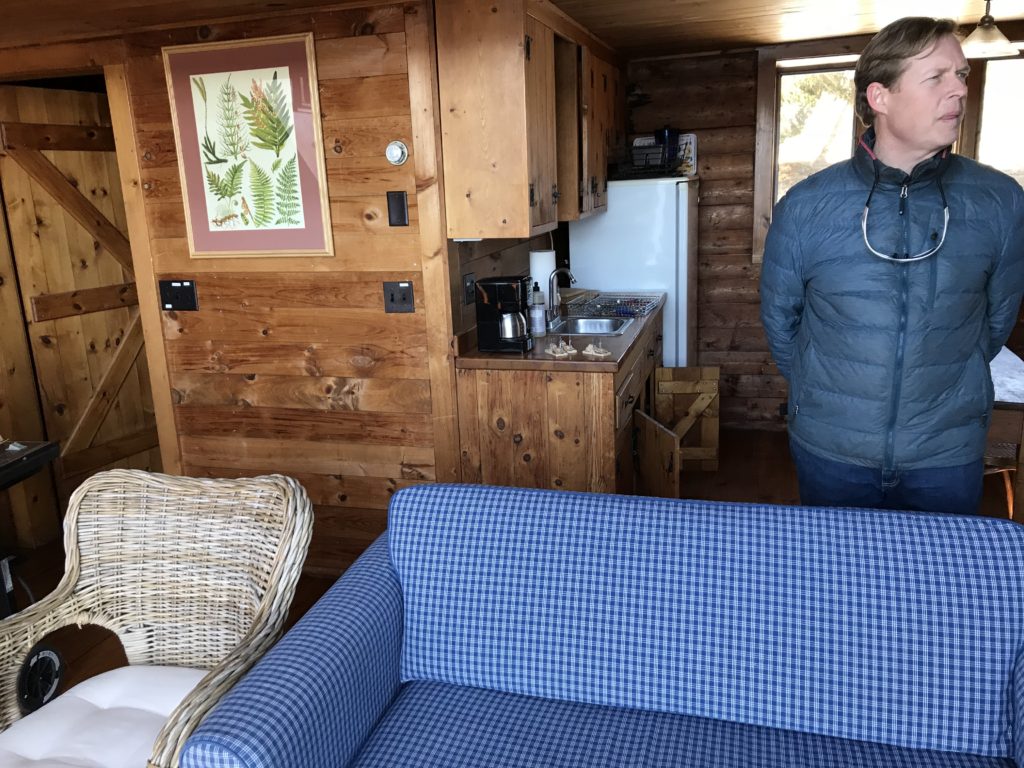
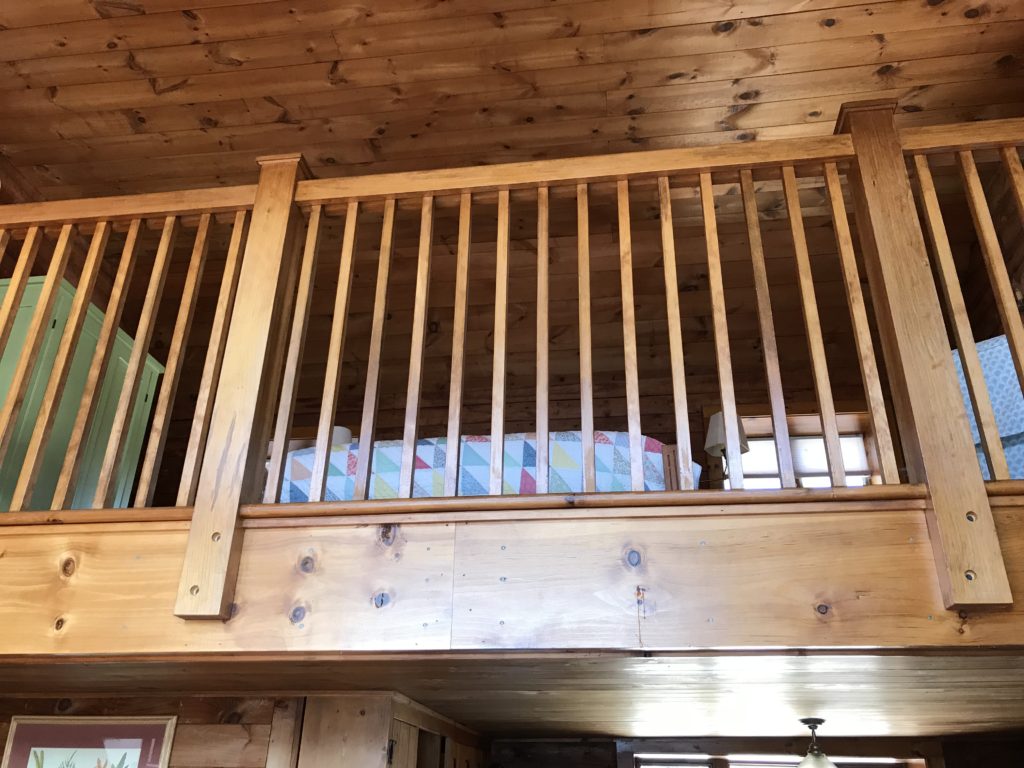
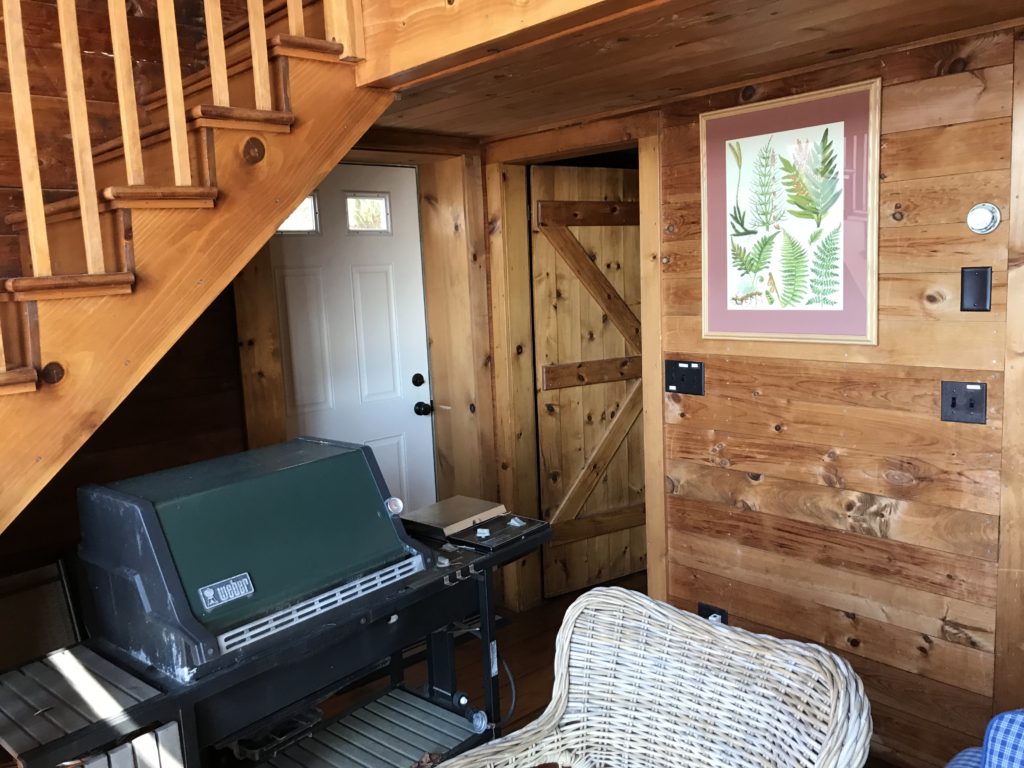
Notice how thick the Ice House door frame is! –>
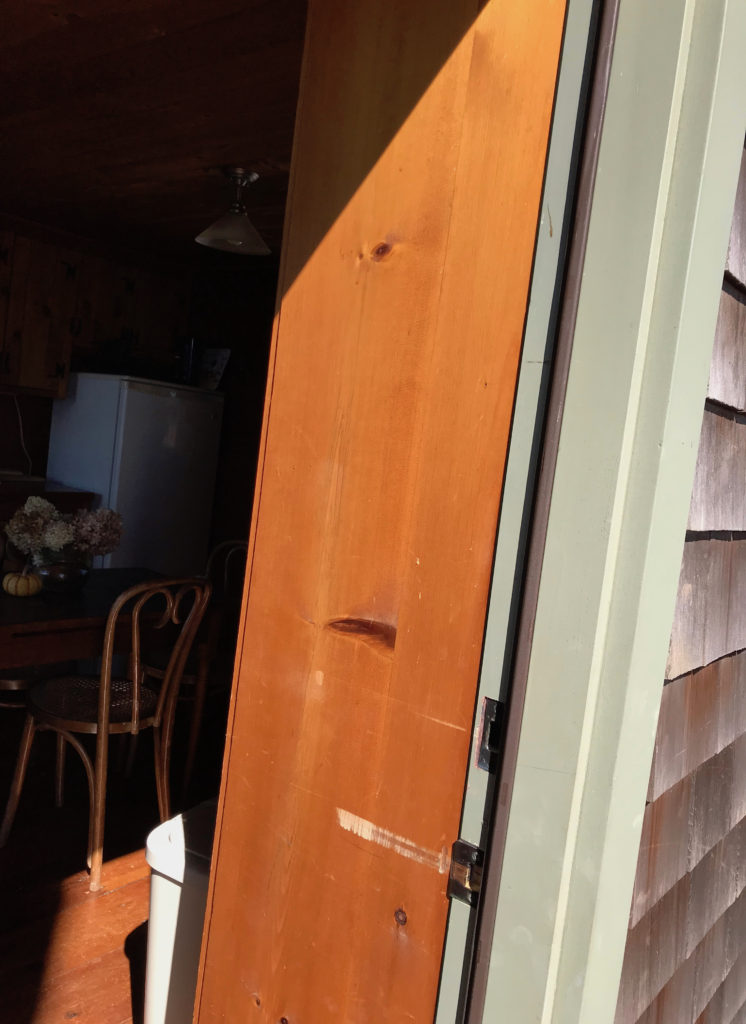
The Drip-Irrigation Pump
All six acres of cultivated land and crops are drip irrigated, compliments of Pattagansett Lake (when it’s not frozen). The electric pump appeared remarkably compact for such a tall order.
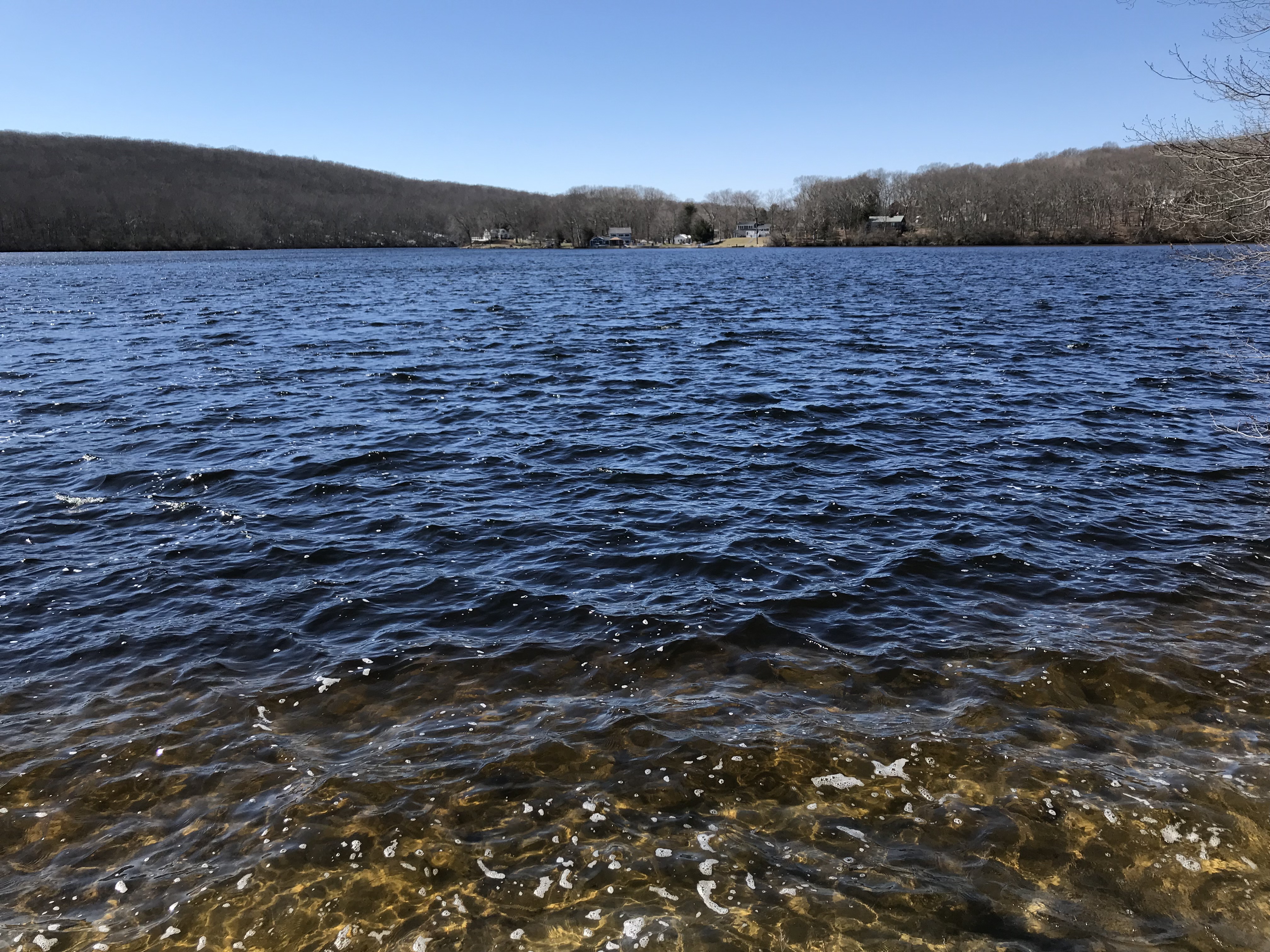
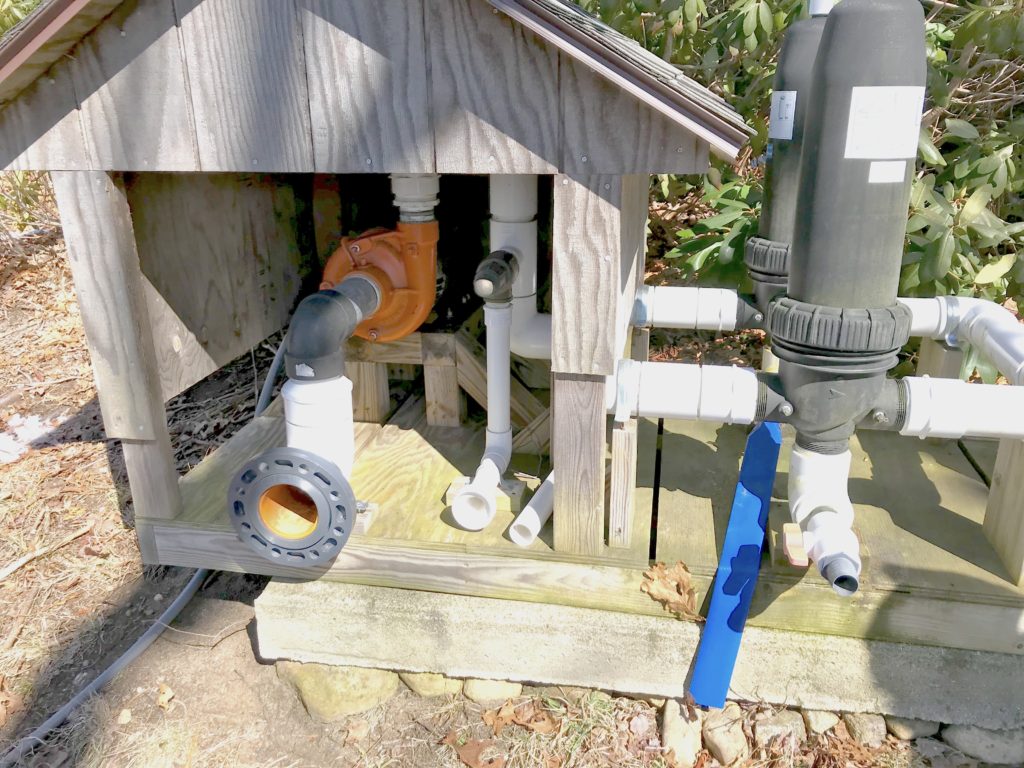
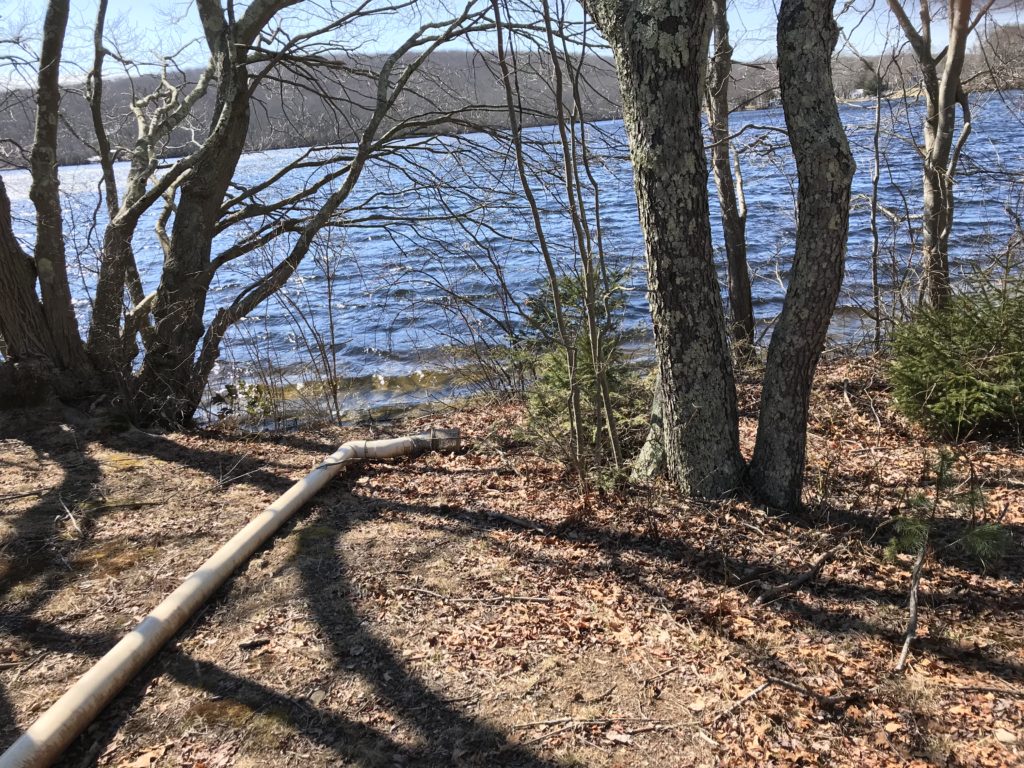
Last Stop: The Farm Stand
More of a bucolic house than a stand, The Farm Stand is where you can buy your Farm-to-Table fresh organic produce and cut flowers. Eggs and poultry are also a big part of the farm.
Our tour was four days before the first day of Spring. Despite this, there was plenty of fresh, organic produce to choose from.
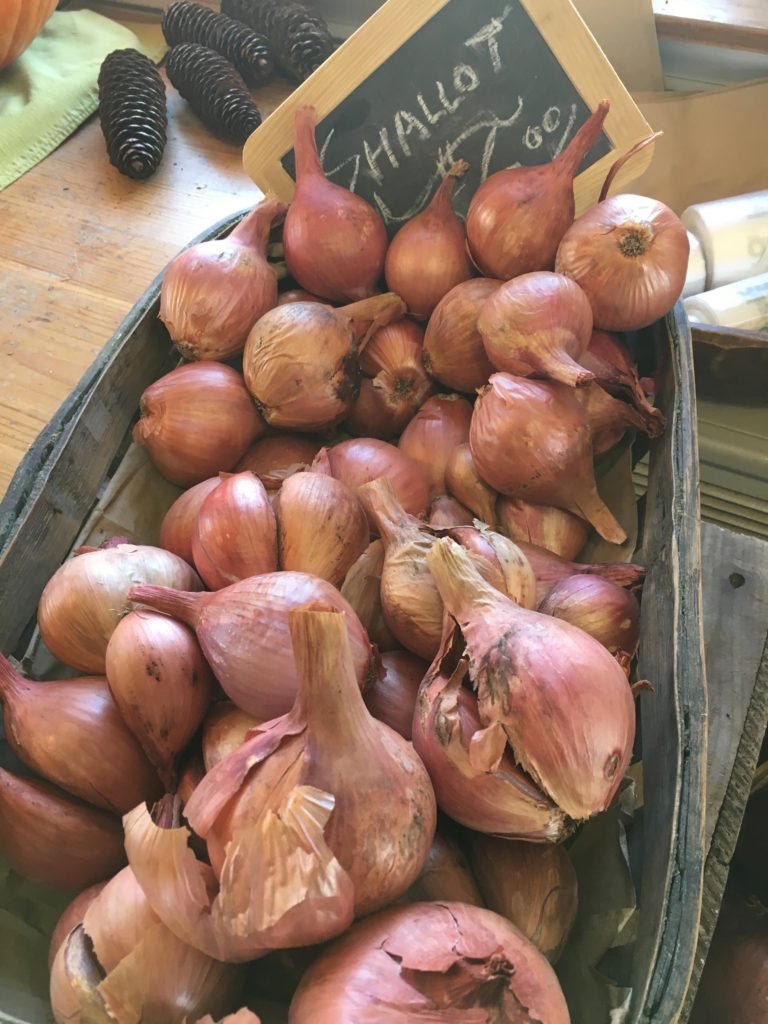
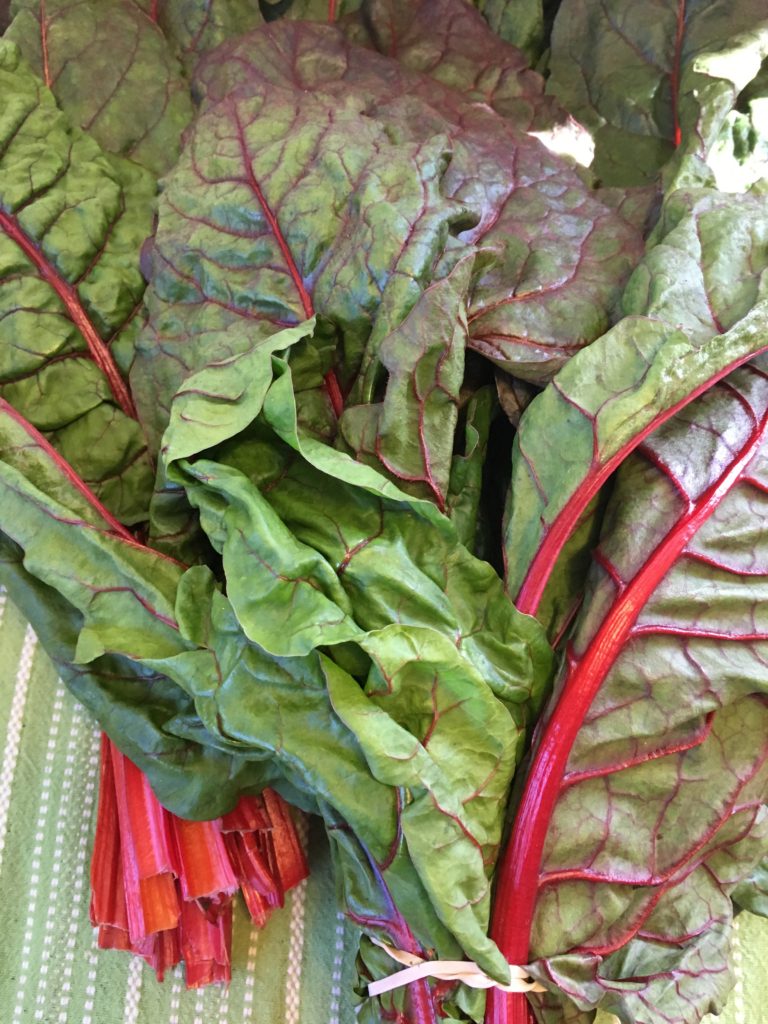
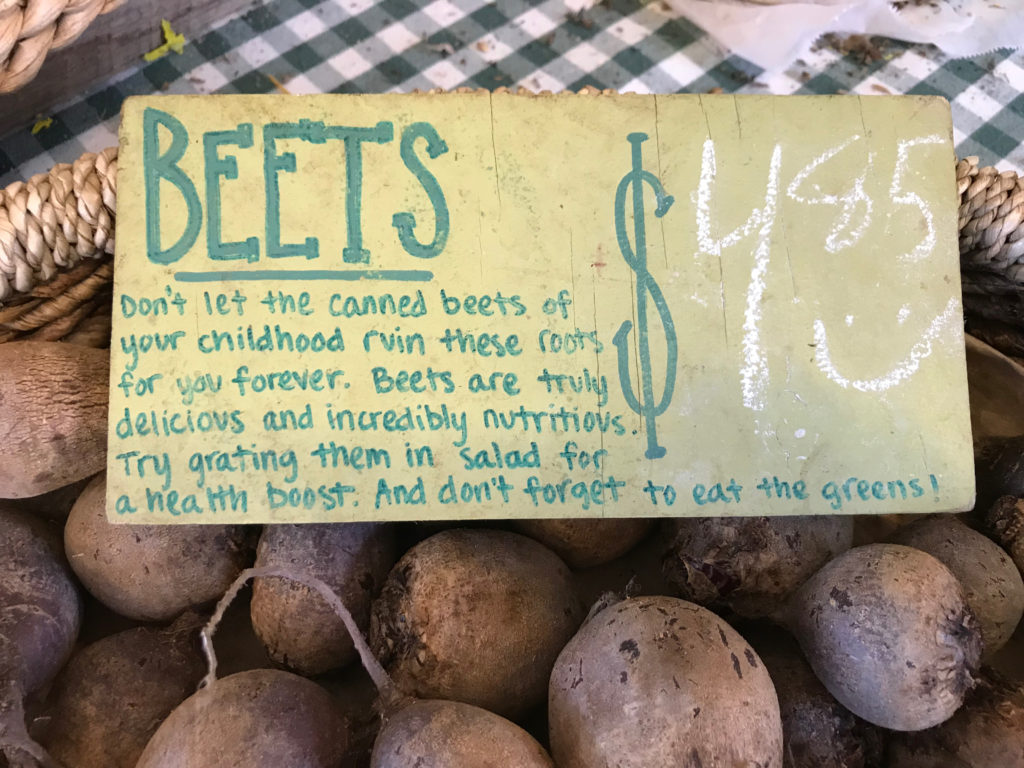
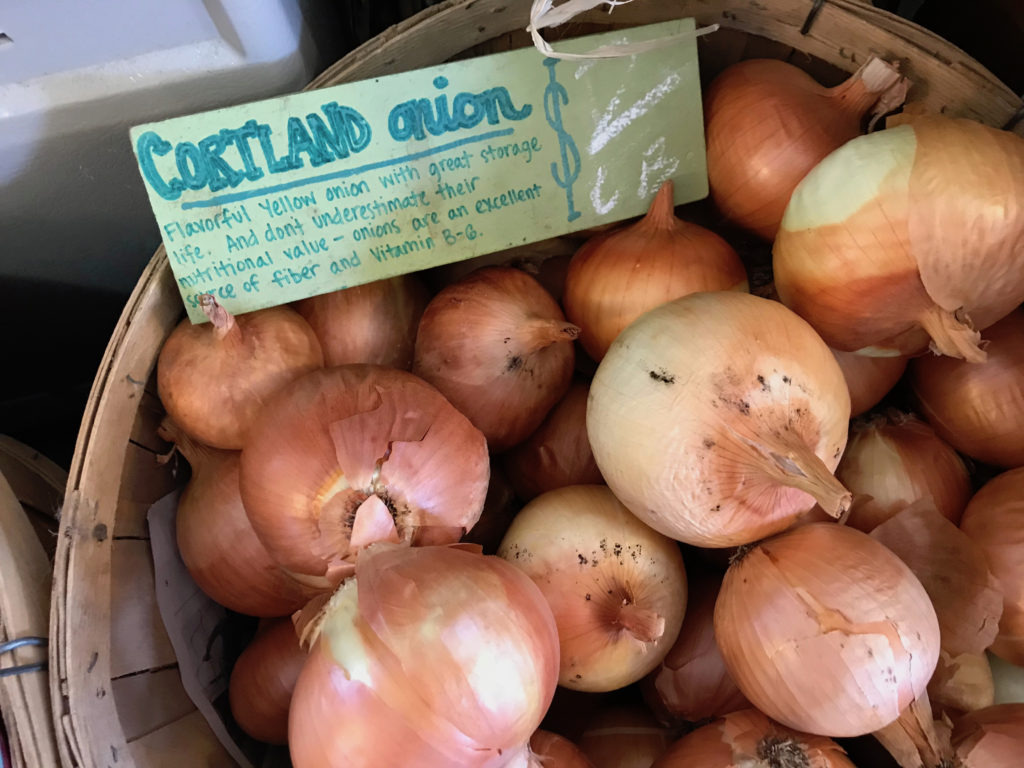
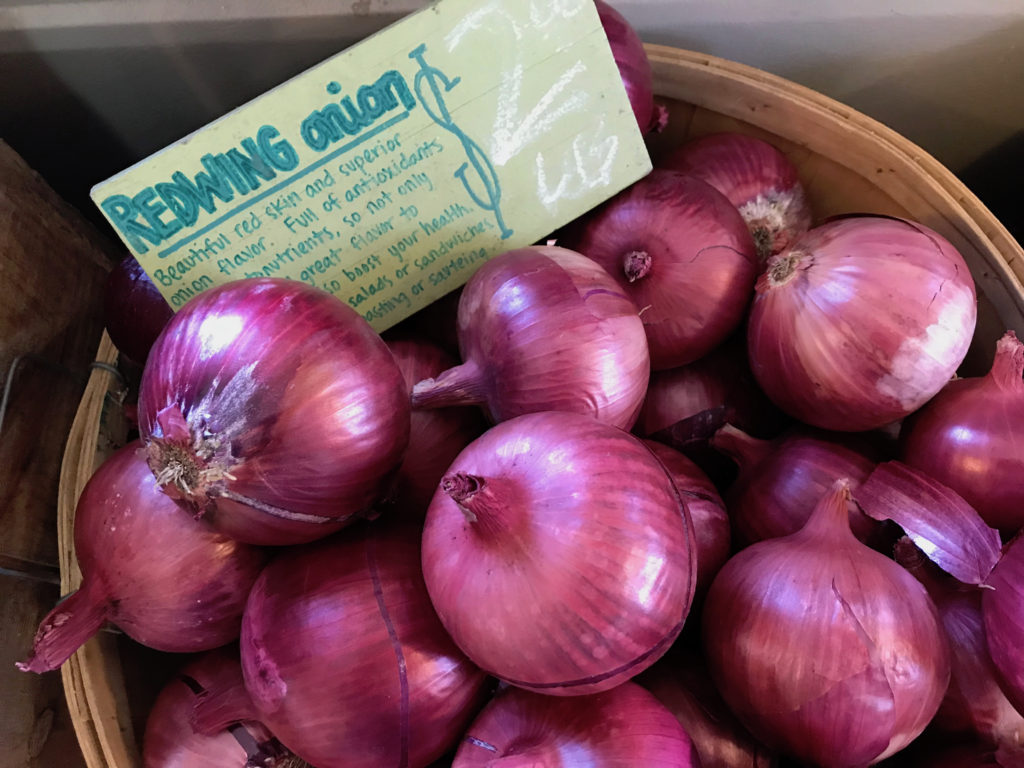
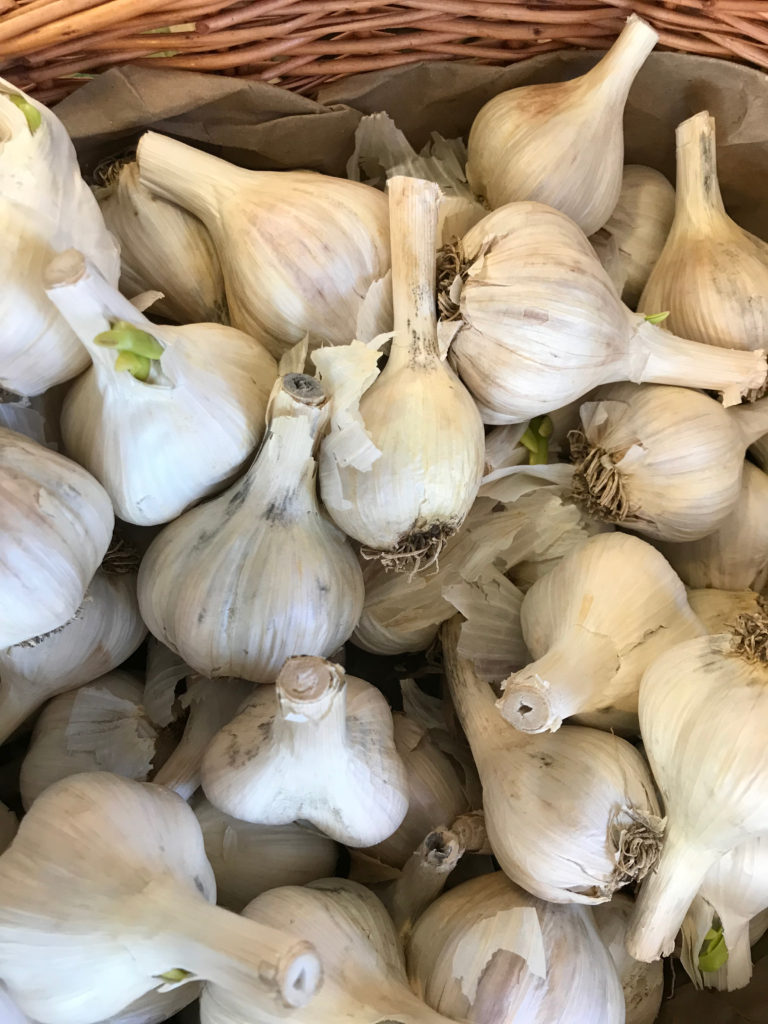
White Gate Farm uses a thoroughly modern kitchen and skilled chefs, cooks, and bakers not only to produce prepared food for The Farm Stand, but also to serve dinners in White Gate’s Farmhouse.
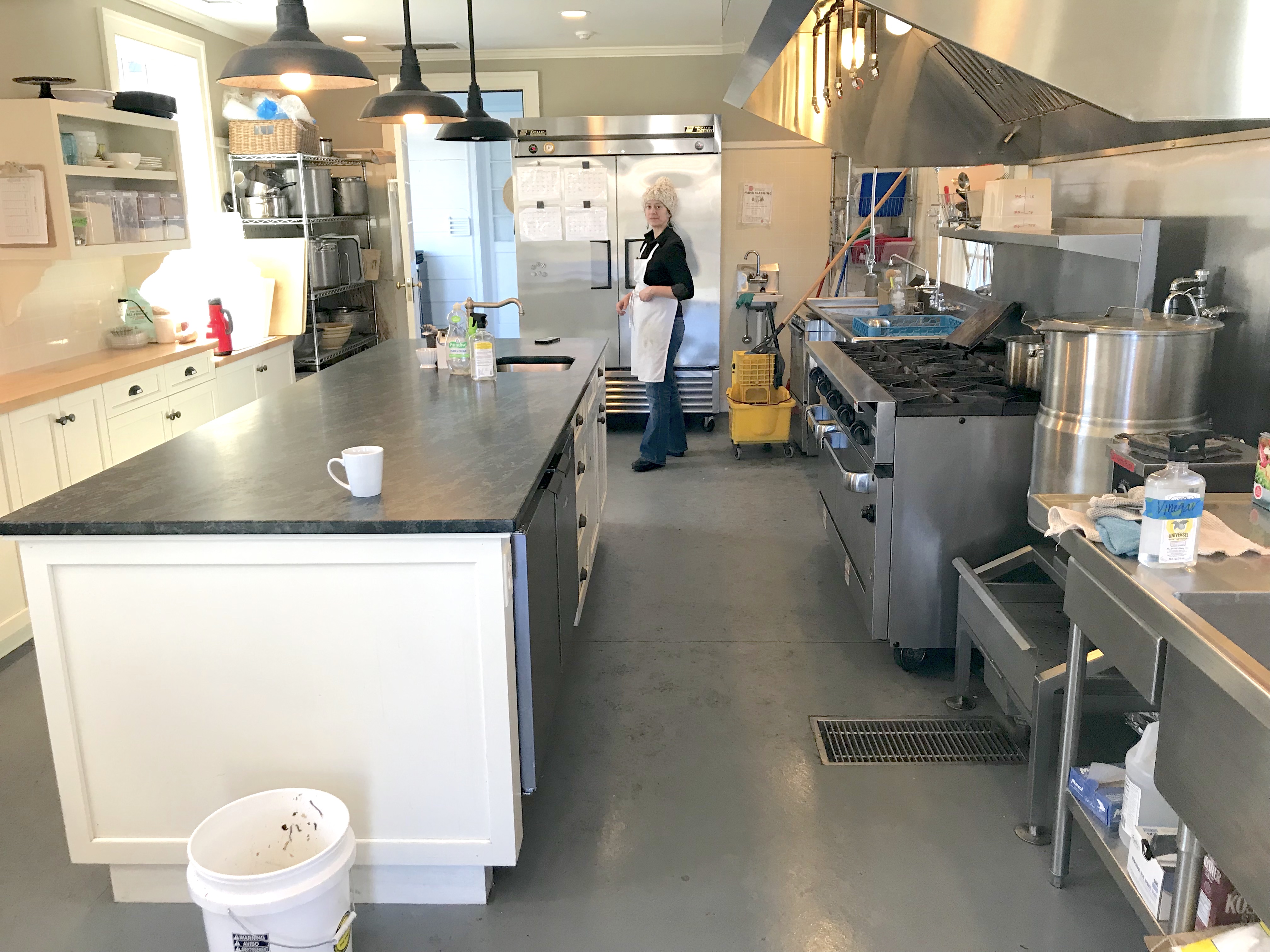
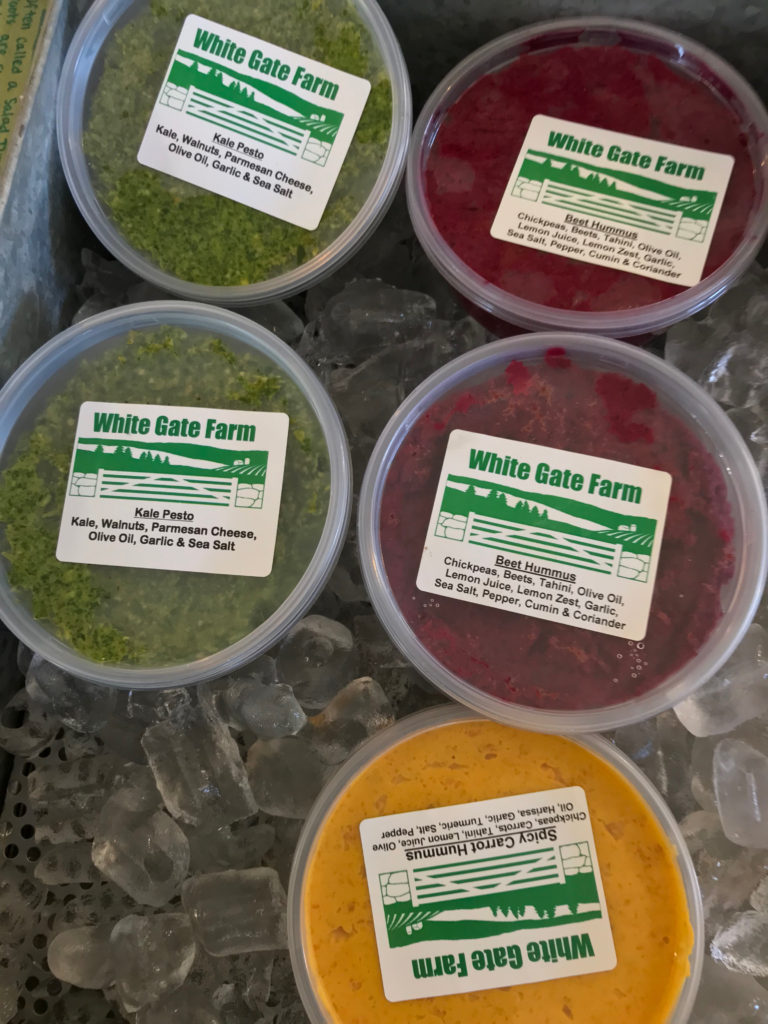
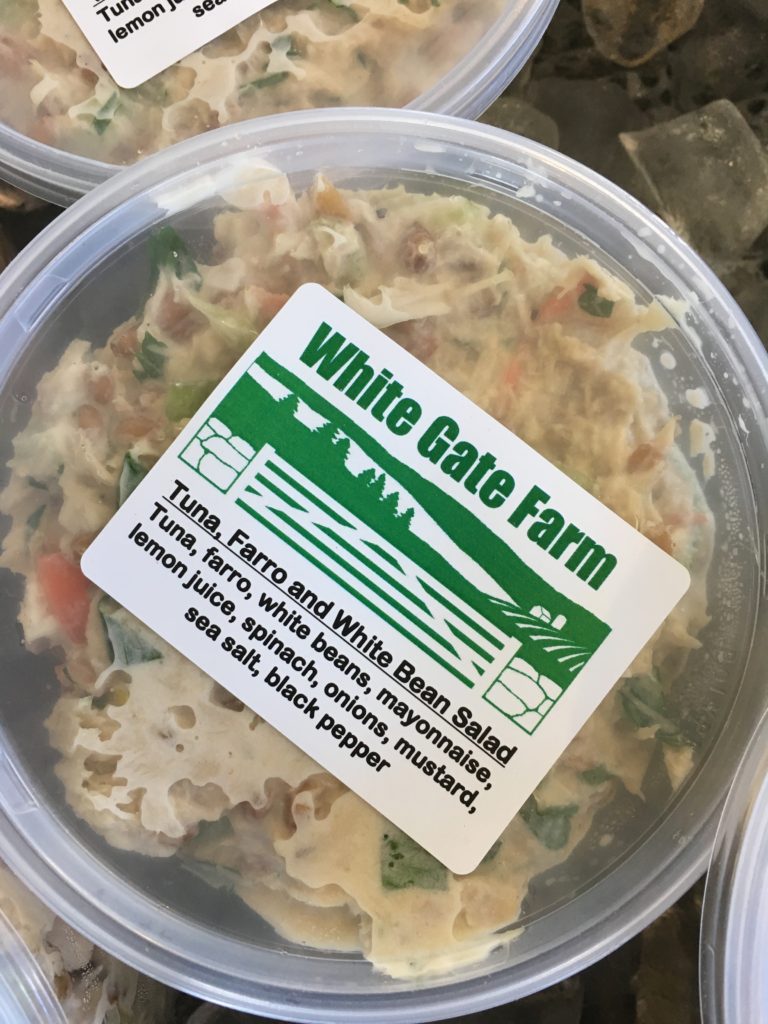
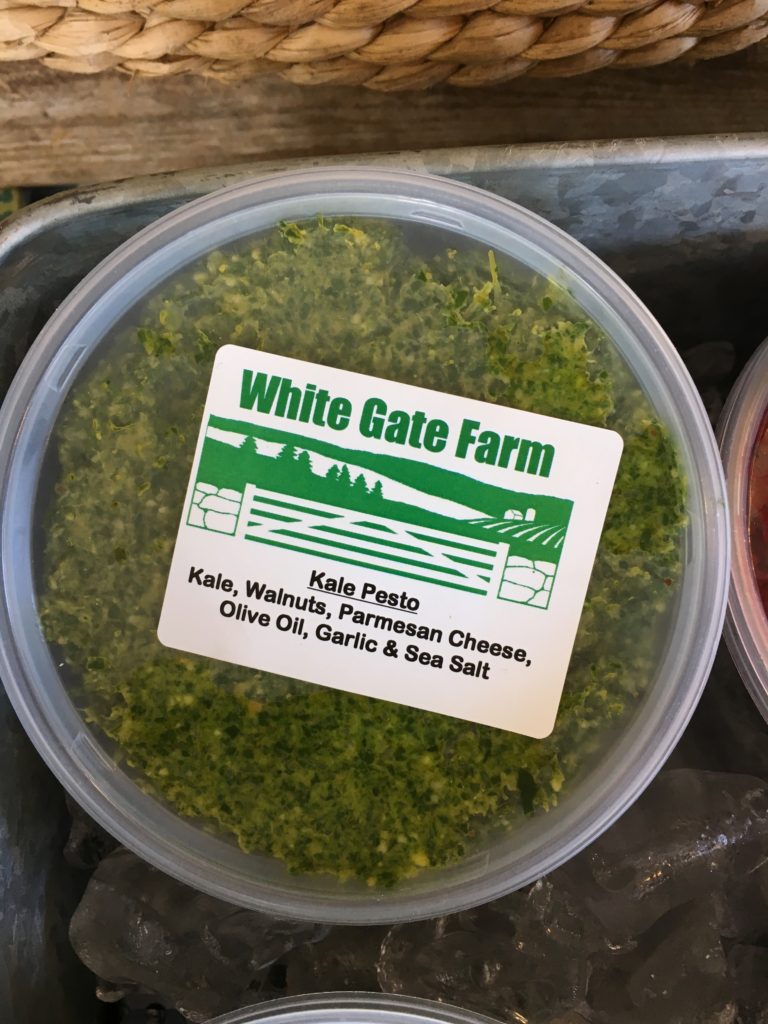
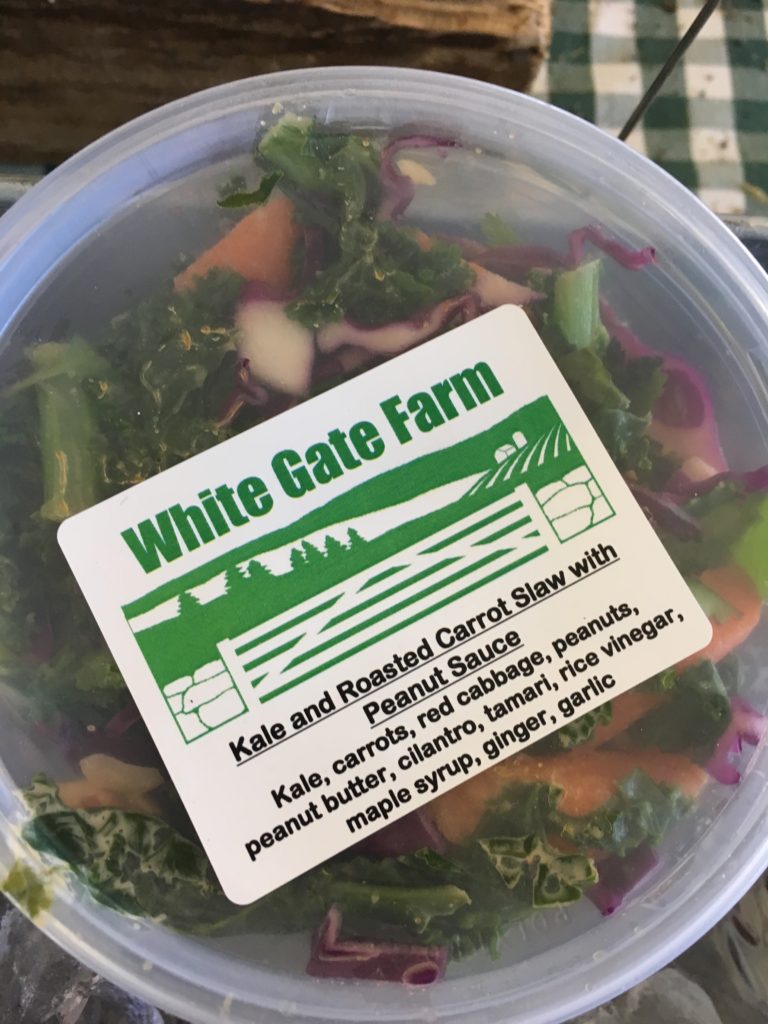
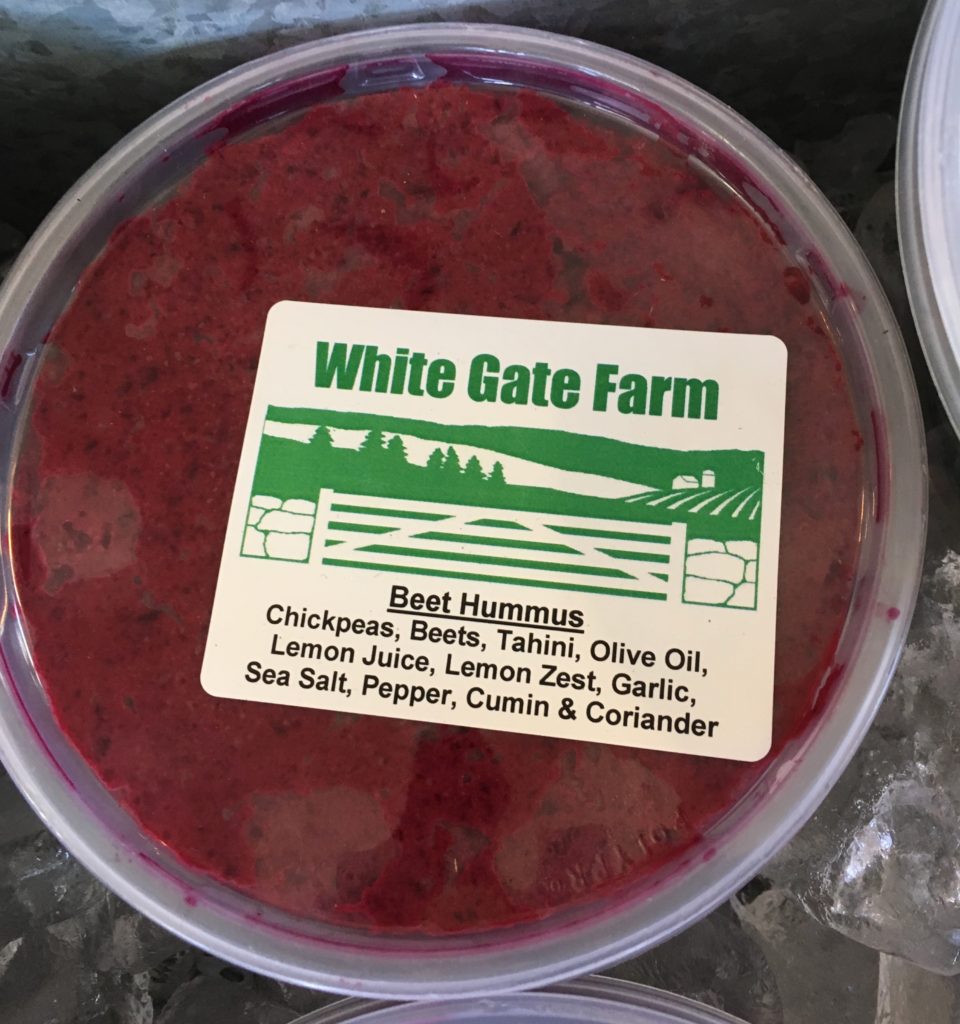
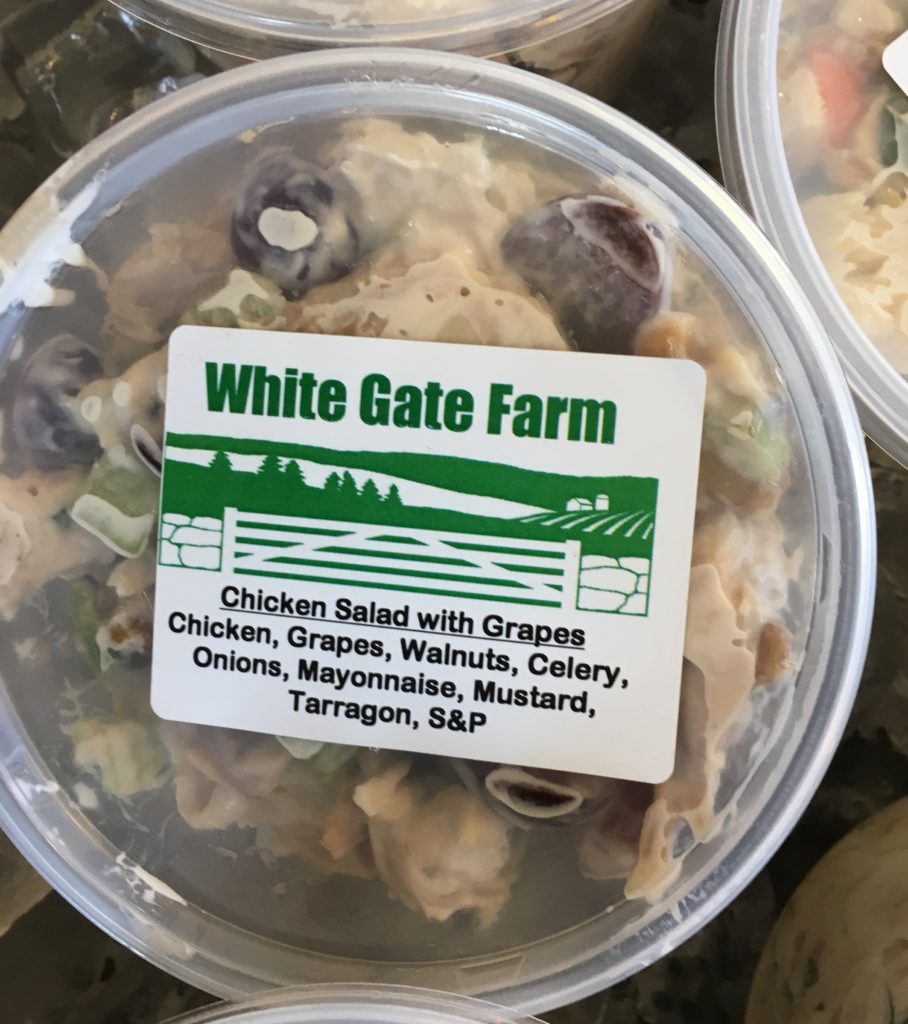
Not to mention baked goods. . .
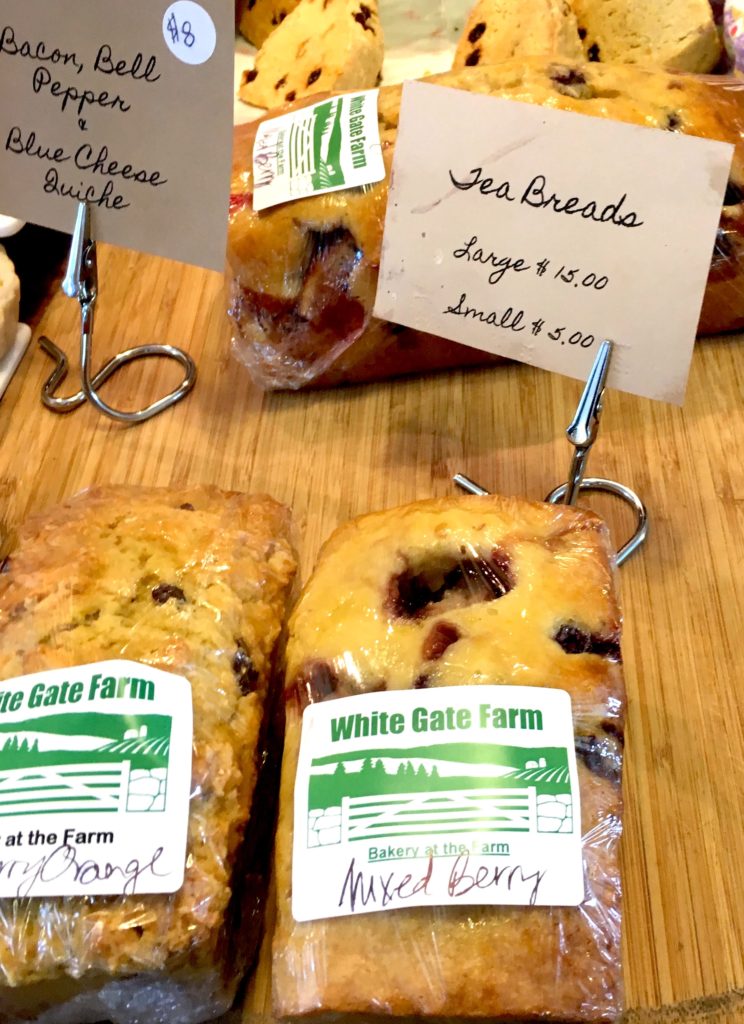
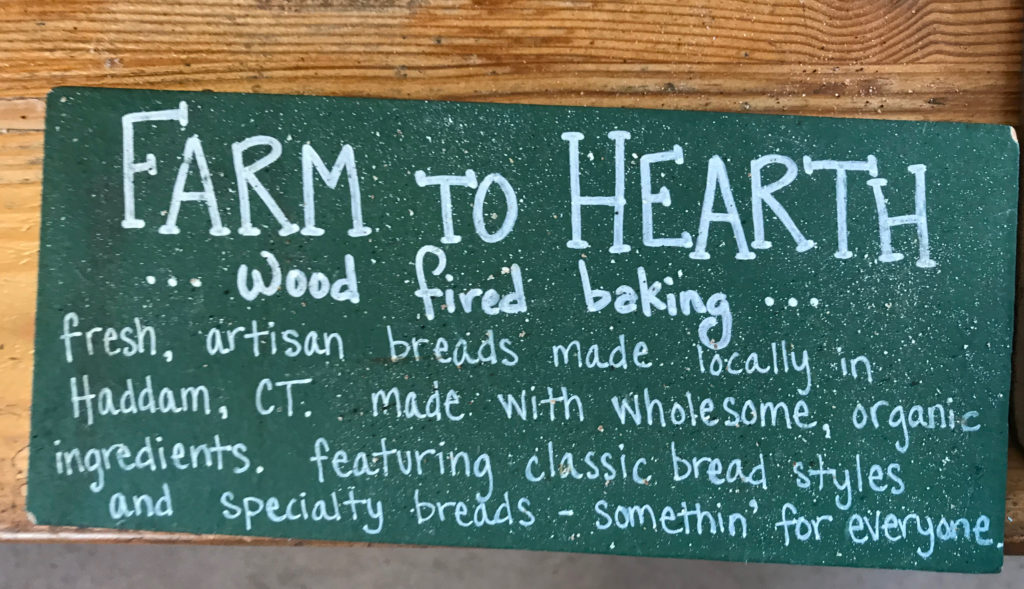
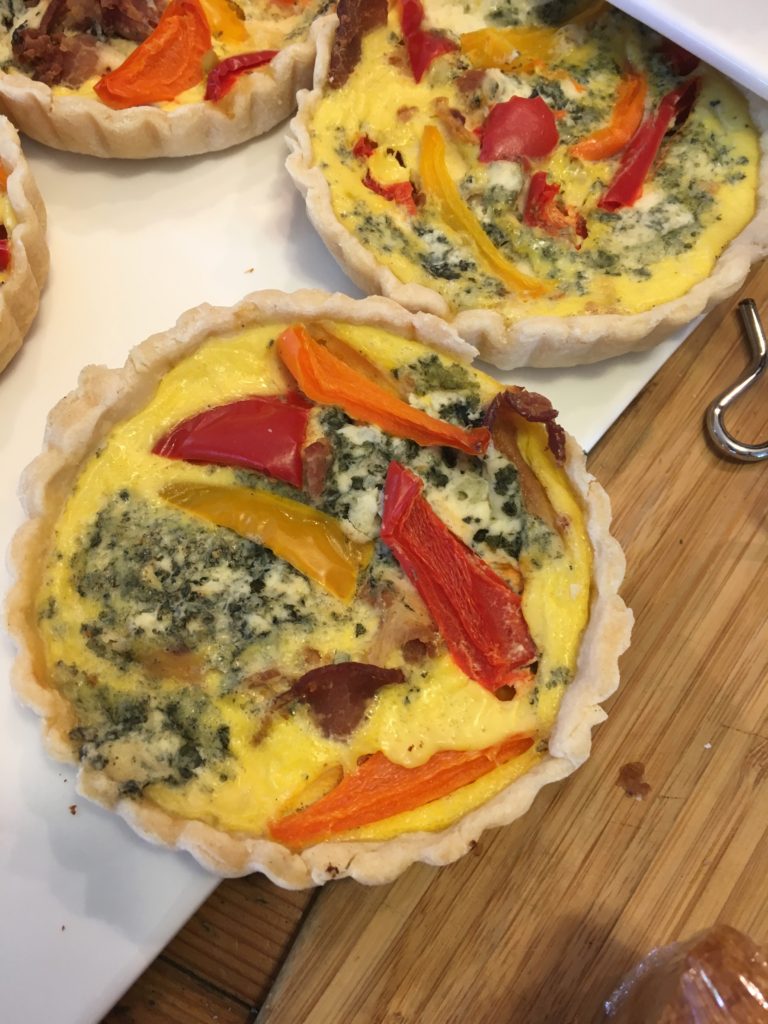
At the end of the four-hour tour we were tired but exhilarated. We thanked Kent and Fred for their time, their work, and their exemplary standards.
White Gate Farm specializes in lovingly nurtured organic, fresh, nutritious food artfully served in a warm, embracing environment. As one guest wrote, “You are not only growing and supplying a community with healthy, high quality food, you have made your farm a cool place to go. Thank you for the spaces you have created. This is a destination I am highly recommending.”
I thought about the words Kent had spoken when we met at the beginning of the tour, and now they made perfect sense: “Here is the destination for Farm-to-Table.” Go no further than White Gate Farm.
White Gate Farm
83 Upper Pattagansett Road
East Lyme CT 06333
http://whitegatefarm.net/
Phone: 860 739 9585
e-mail: whitegatefarmmanager@gmail.com
About Darryl Benjamin. Author and Professor Darryl Benjamin is passionate about sustainable food and nature, and cares deeply about social justice. His book, Farm to Table: The Essential Guide to Sustainable Food Systems for Students, Professionals, and Consumers (Chelsea Green), co-written with Chef Lyndon Virkler, was published in October 2016. Benjamin lectures internationally and blogs on sustainable food systems. He holds an MFA in Writing as well as a Certificate of Leadership in Sustainable Food Systems from the University of Vermont. He is founder of The GMO Breakthrough Education Project, a nonprofit dedicated to transforming global food systems through education. Benjamin teaches in the online grad programs (MSc in Sustainable Food Systems and MSc in Resilient and Sustainable Communities) at Green Mountain College. Prior to that Benjamin taught writing, marketing, and sustainable food issues at New England Culinary Institute for seven years. Currently, Darryl lectures and conducts workshops far and wide on sustainable food systems and Farm-to-Table challenges and solutions. He is also a feature columnist at Upserve’s Restaurant Insider website, writing a monthly blog post on The Future of Food. Check out his website for additional blog posts and more at Real Food Seminars.
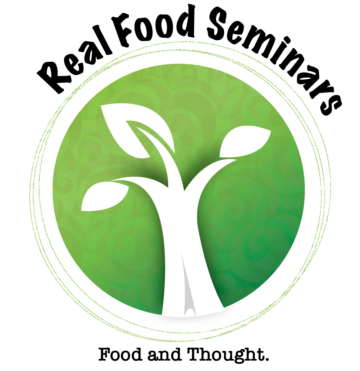
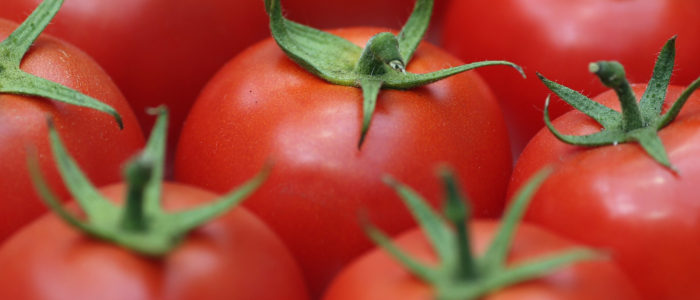
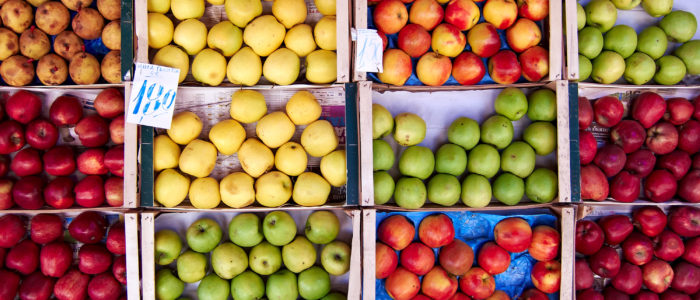
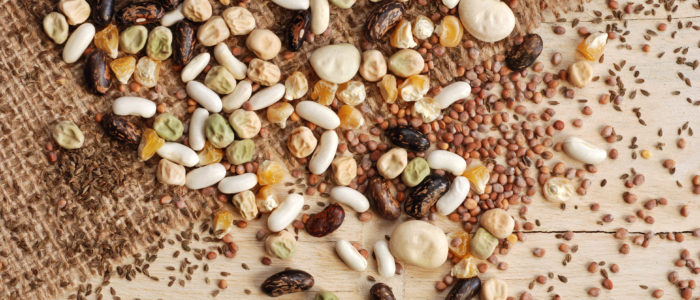
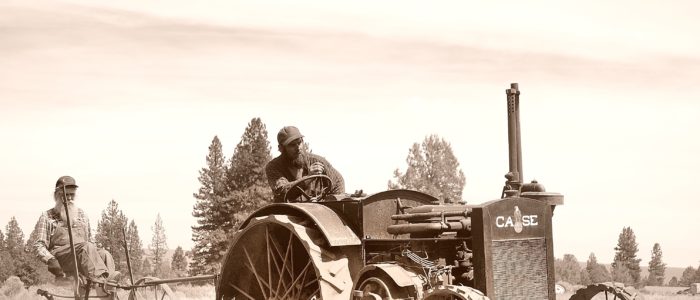
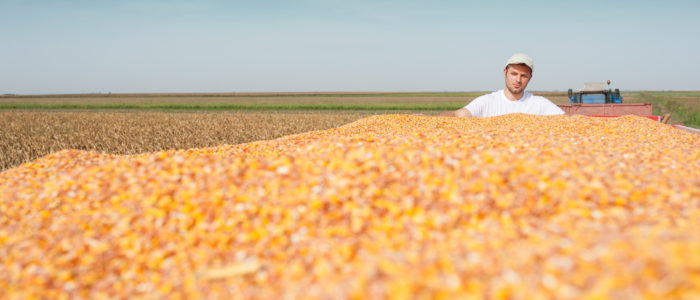
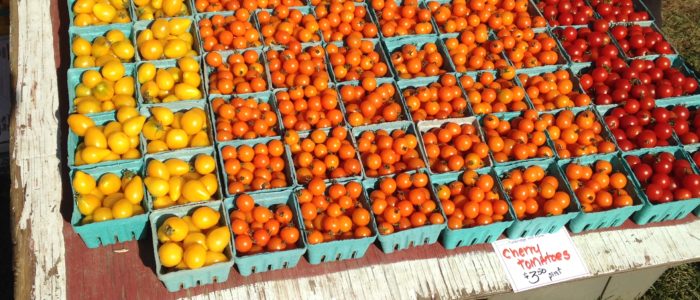

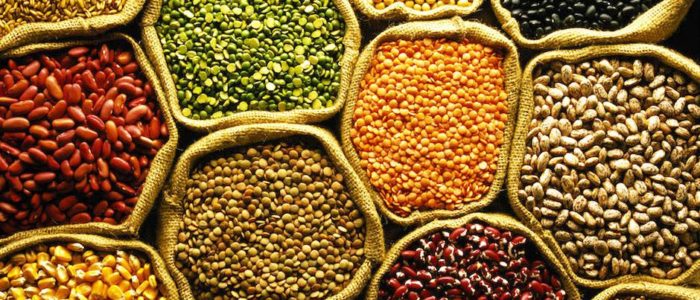
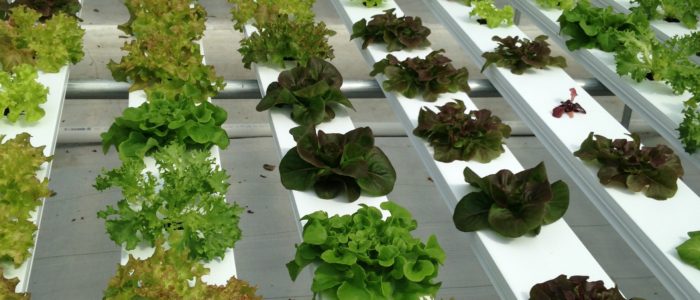
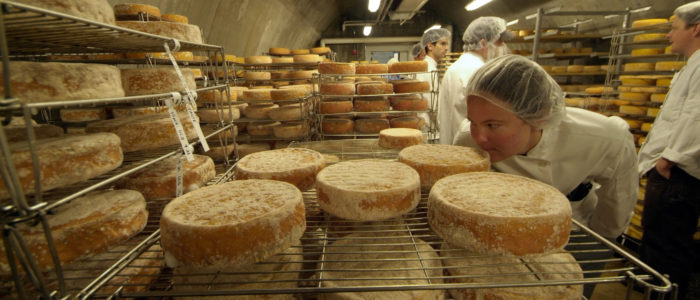
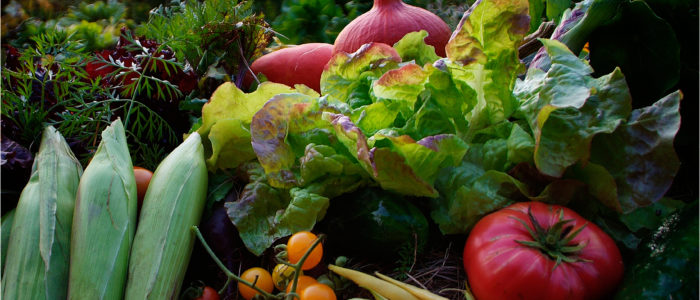
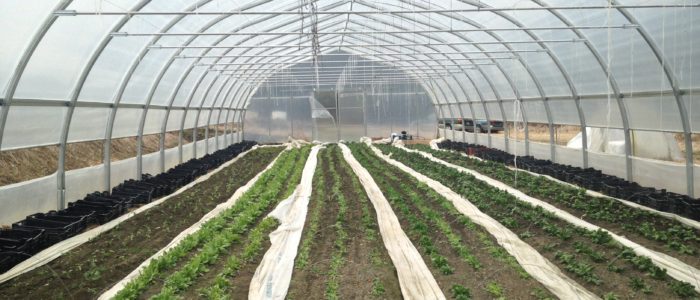
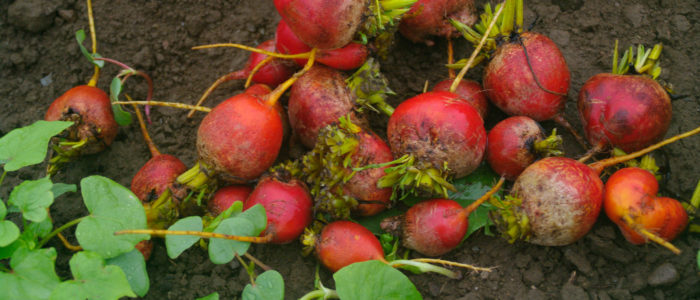
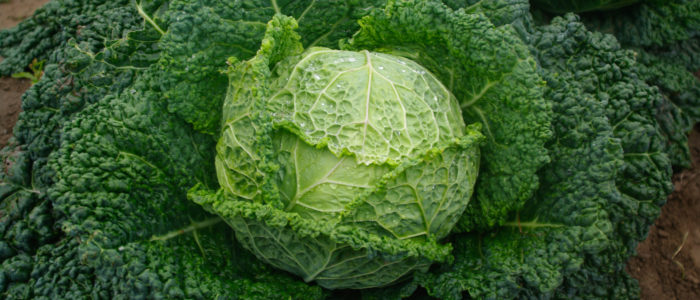
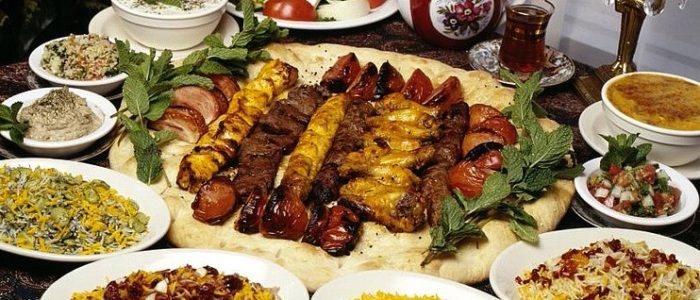
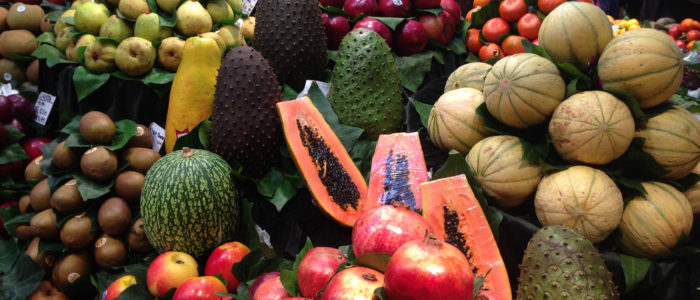
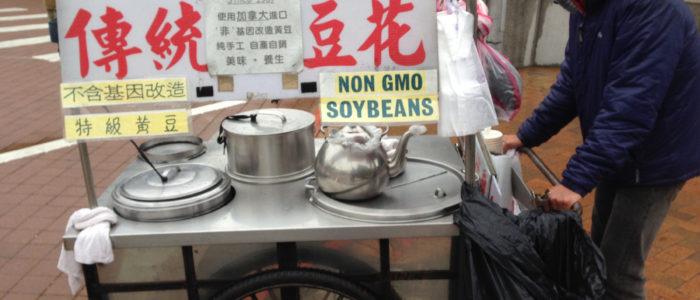
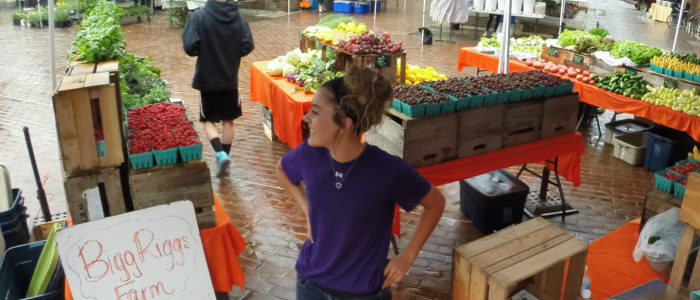
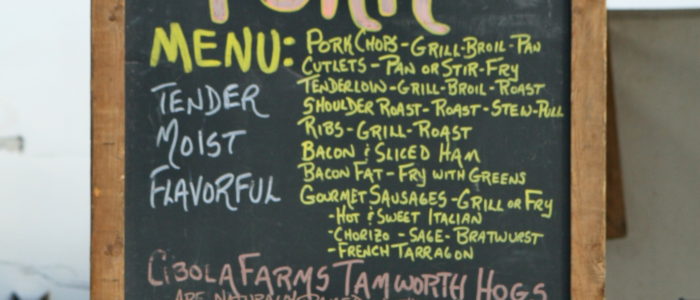
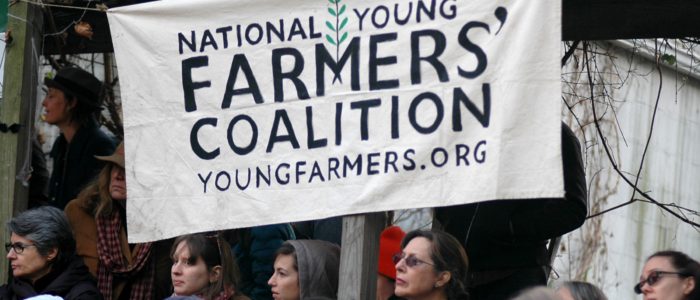
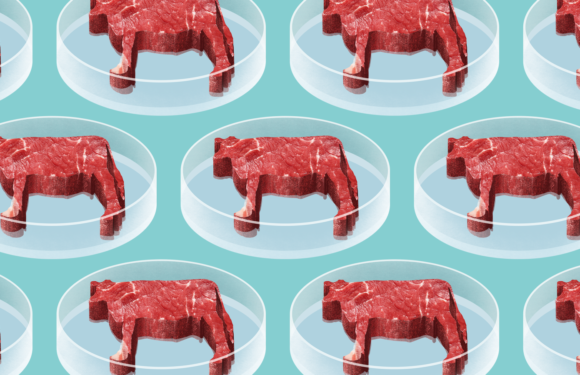



1 thought on “Visit to White Gate Farm in East Lyme, Connecticut_03.24.18”